The Federal Reserve’s recent rate cut, which lowered Prime from 7.50% to 7.25%, may seem like a minor adjustment. But for entrepreneurs, business owners, and investors, small moves in Prime have outsized implications. That’s because most SBA 7(a) loans—the backbone of small business acquisition financing—are pegged directly to Prime.
This shift doesn’t just lower monthly payments. It may also set the stage for a wave of dealmaking, one that global banks like Goldman Sachs believe could make 2026 a record-breaking year for mergers and acquisitions (M&A).
SBA Loans: Why Prime Matters
SBA 7(a) loans are typically structured as Prime + a regulated spread, with the SBA capping how much lenders can add. This ensures borrowers benefit immediately when rates fall.
Here’s what that means in practical terms for a 10-year SBA 7(a) loan:
- $100,000 loan → save ~$13/month (~$156/year)
- $500,000 loan → save ~$65/month (~$780/year)
- $1,000,000 loan → save ~$130/month (~$1,560/year)
- $5,000,000 loan → save ~$650/month (~$7,804/year)
While the monthly savings may not look dramatic, they compound over time. For a business running on thin margins, even $7,800 a year can fund additional payroll, inventory, or cushion cash reserves.
And beyond the math, lower borrowing costs reduce friction in acquisitions—buyers can stretch further, lenders get more comfortable underwriting deals, and sellers see a healthier market of qualified buyers.
Why Lower Rates Signal Confidence
Rate cuts aren’t just about cheaper debt. They also signal that the Fed believes the economy is stabilizing.
- For entrepreneurs: confidence to borrow, expand, and invest in growth.
- For lenders: more willingness to finance acquisitions at attractive terms.
- For investors: a signal that risk appetite is rising, which fuels deal volume.
In other words, today’s 25-basis-point cut is less about saving $65/month on a half-million-dollar loan and more about opening the door to a more aggressive acquisition environment.
Goldman Sachs: M&A Could Hit All-Time Highs in 2026
Goldman Sachs recently projected that 2026 may surpass 2021 as the biggest year ever for M&A, with global deal flow potentially topping $3.9 trillion. That optimism stems from several converging factors:
- Improved credit markets – Lower rates make financing acquisitions cheaper and more available.
- Corporate confidence – Boardrooms and sponsors are reentering the market after years of volatility.
- AI-driven infrastructure boom – Goldman estimates $1 trillion+ will flow into data centers, energy, and communication networks to support the AI revolution.
- Capital market shifts – In Europe, regulatory changes are pushing more financing into private and capital market channels, further fueling liquidity.
The takeaway: when money gets cheaper and confidence rises, dealmaking accelerates.
Connecting the Dots: SBA Borrowers and the M&A Surge
So, what does a global M&A surge have to do with the SBA borrower buying a $2M HVAC company or a $5M logistics firm?
Everything.
- Cheaper SBA debt → more buyers can afford to compete.
- More liquidity in capital markets → private equity, search funds, and holding companies become more aggressive.
- Rising valuations in strategic sectors (AI, infrastructure, B2B services) → small businesses that feed these industries see higher demand.
In short, the rate cuts at the SBA level ripple into the broader capital markets. When Goldman Sachs predicts record-breaking M&A, it means SBA-backed buyers will be swept into a rising tide of transactions. Lower-middle-market deals often serve as the feeder system for larger roll-ups, making SBA lending a critical part of the story.
What This Means for Buyers and Sellers
- For buyers: Now may be the time to lock in financing before rates shift again. Even small cuts can tilt the math in your favor when competing for deals.
- For sellers: An improving credit environment and bullish M&A outlook could mean stronger buyer demand and higher valuations over the next 12–24 months.
- For investors: Watching capital market liquidity alongside SBA rate policy can provide leading indicators of deal flow in the lower middle market.
Final Word
The Fed’s 25-basis-point cut isn’t just a technical adjustment—it’s a signal. A signal that SBA financing is becoming more affordable, that entrepreneurs can breathe easier, and that the stage is being set for what Goldman Sachs believes could be a record-setting year for M&A in 2026.
From small business owners taking on their first SBA loan to global sponsors deploying billions, the message is the same: lower rates fuel deals, and deals fuel growth.


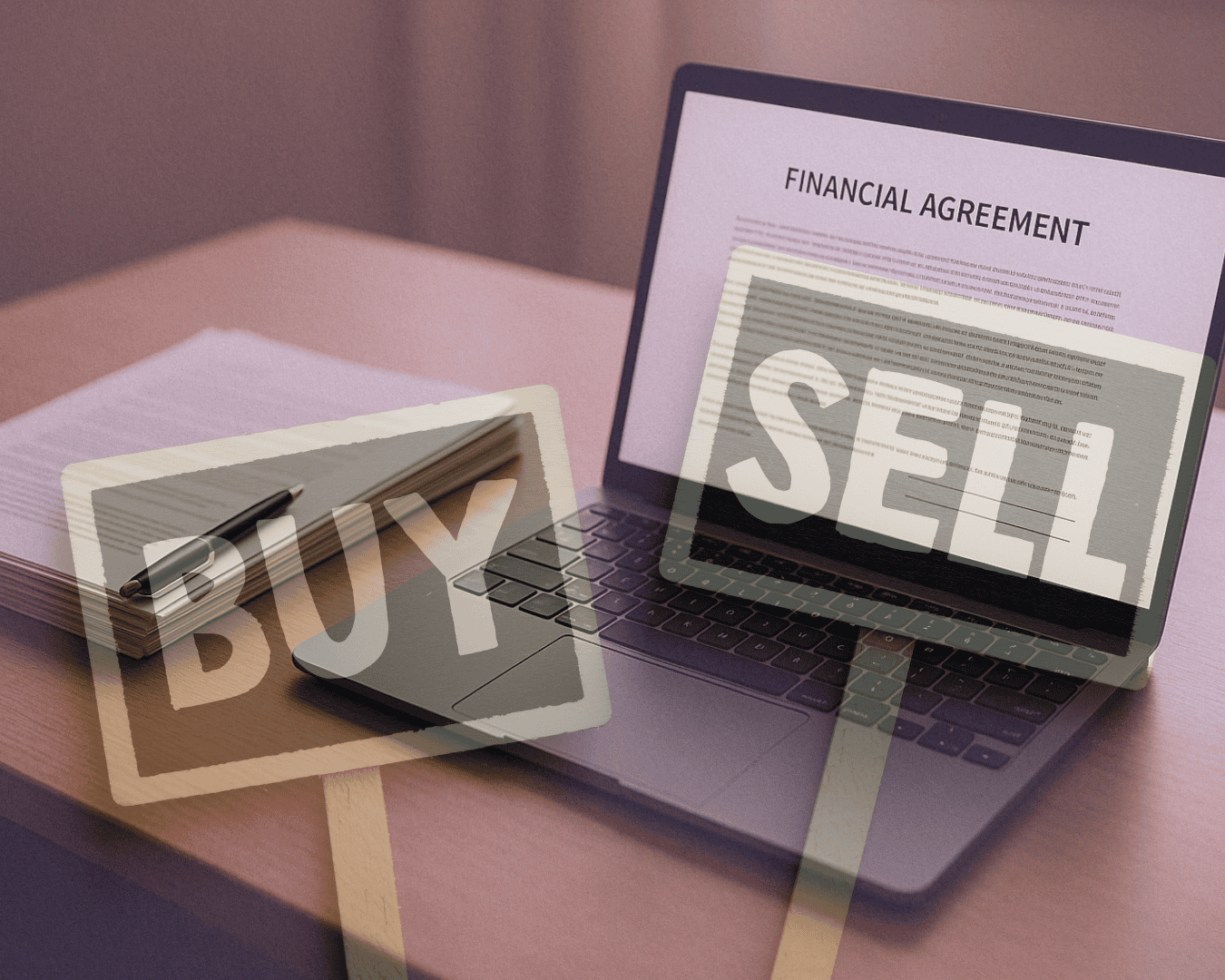
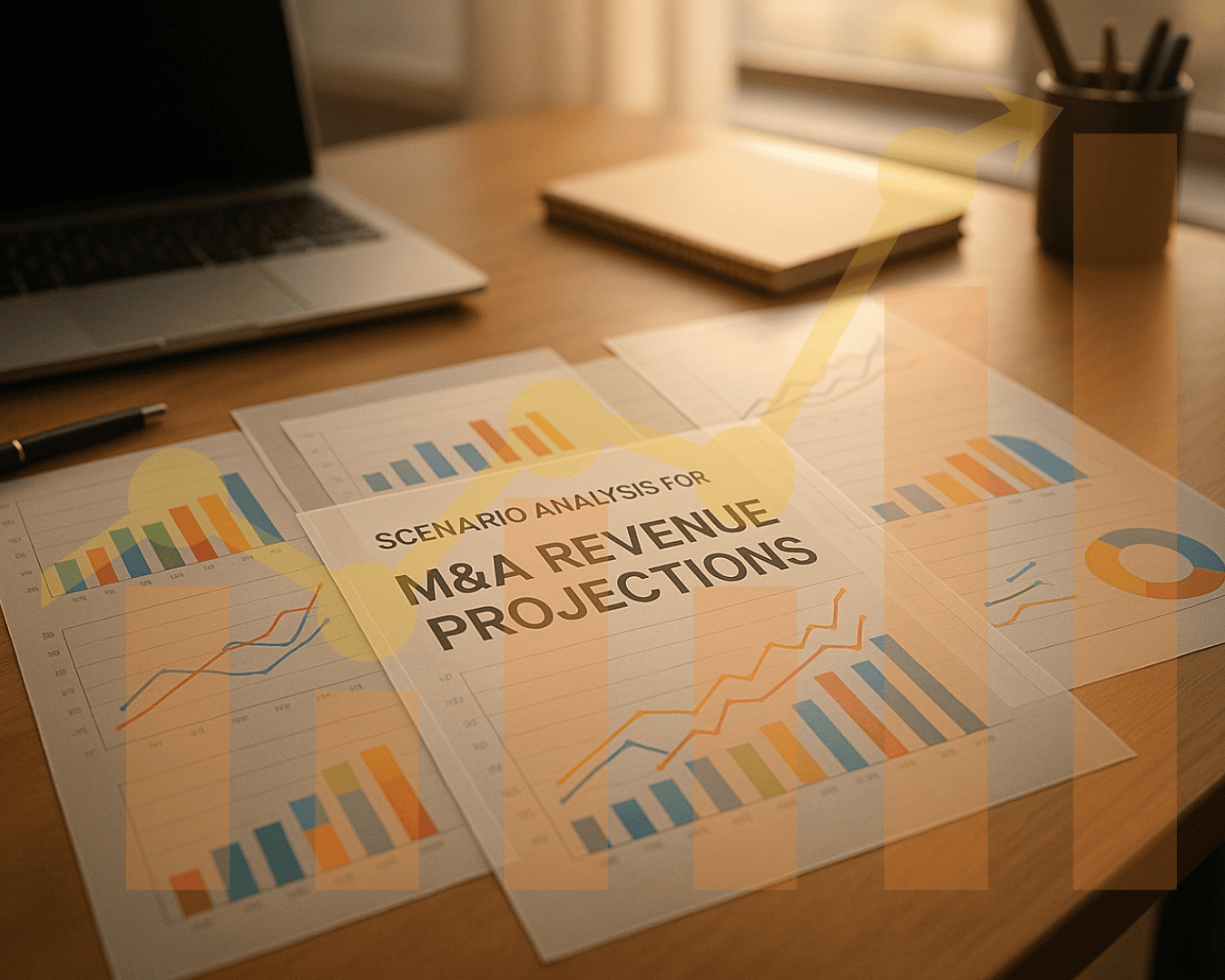
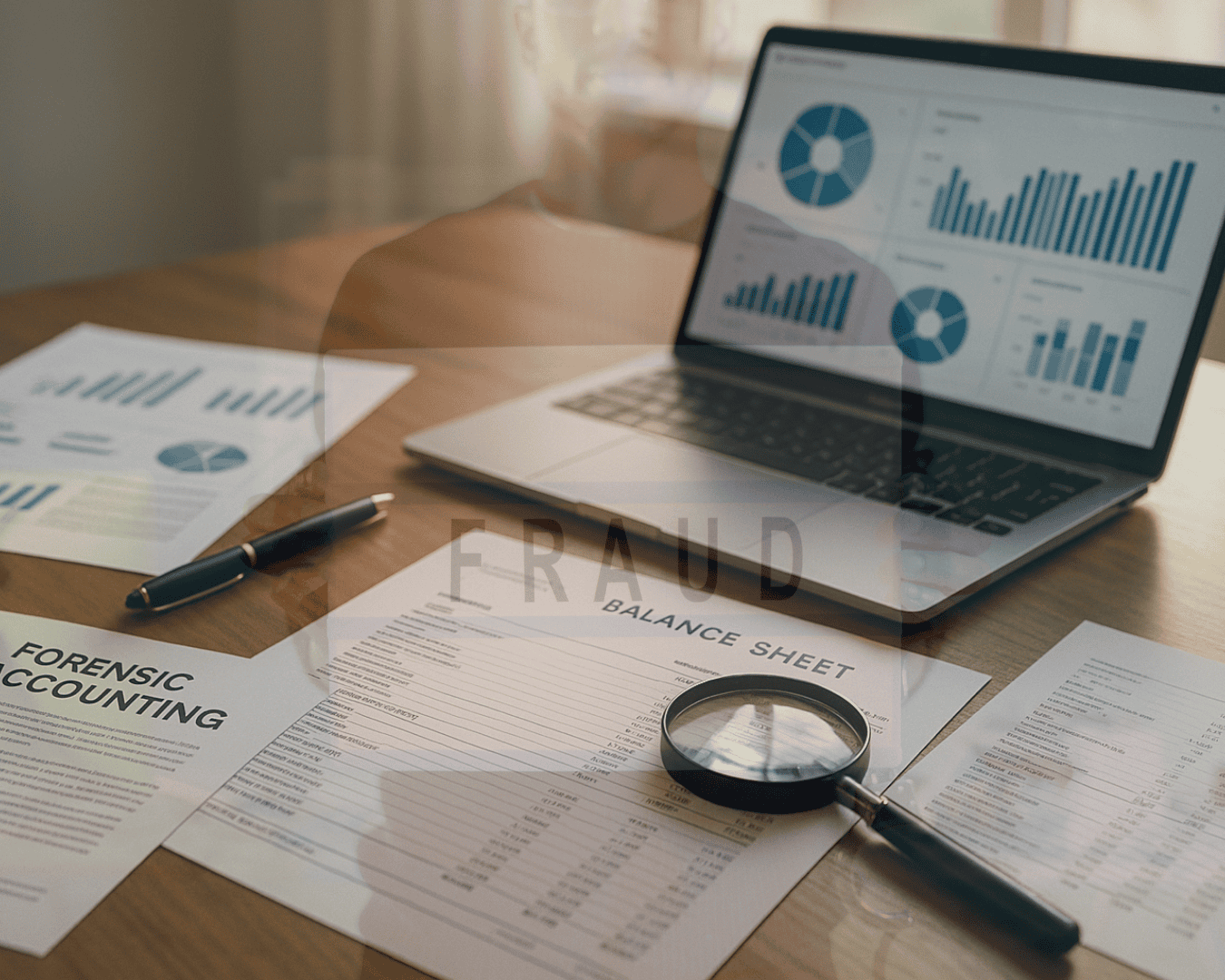




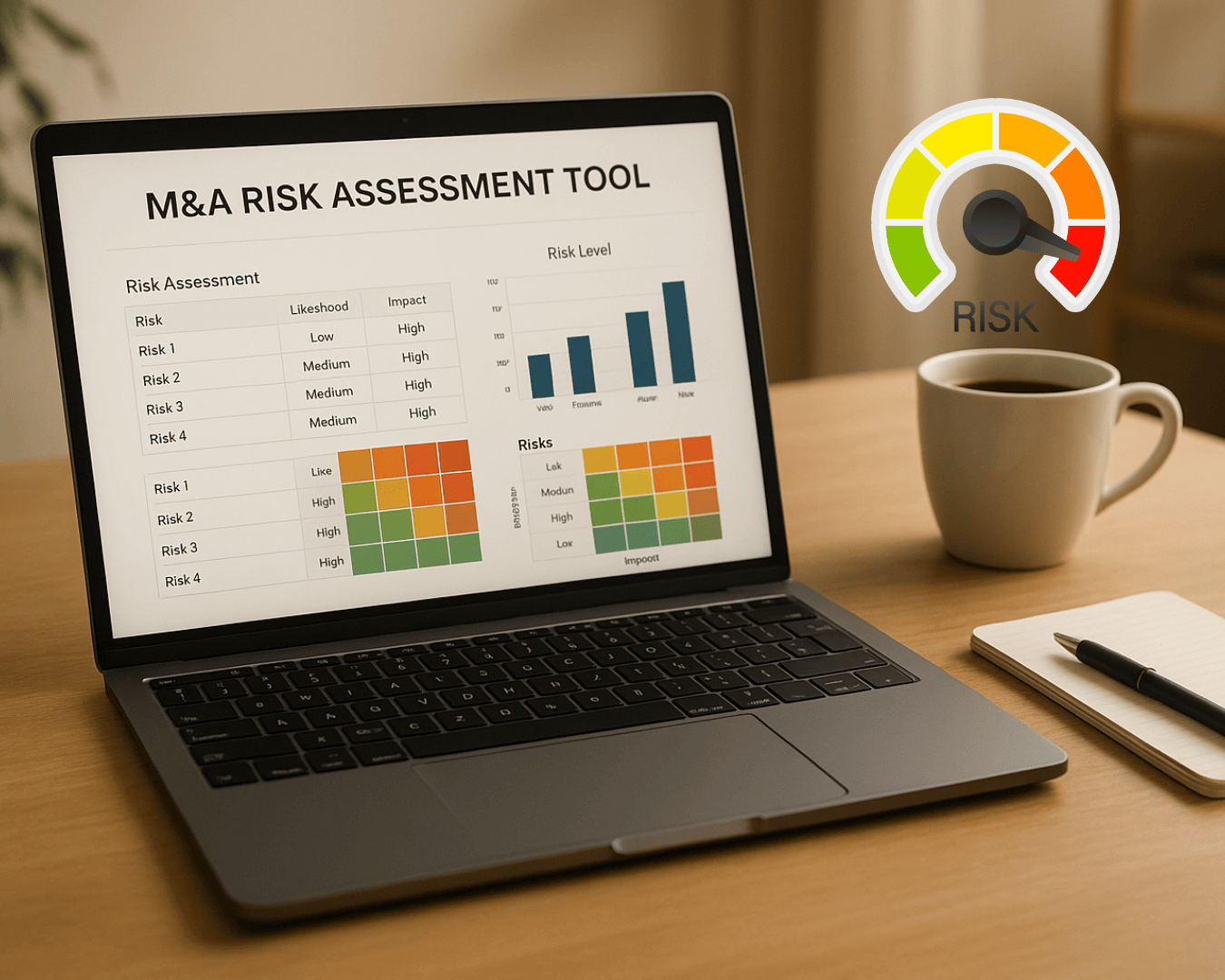
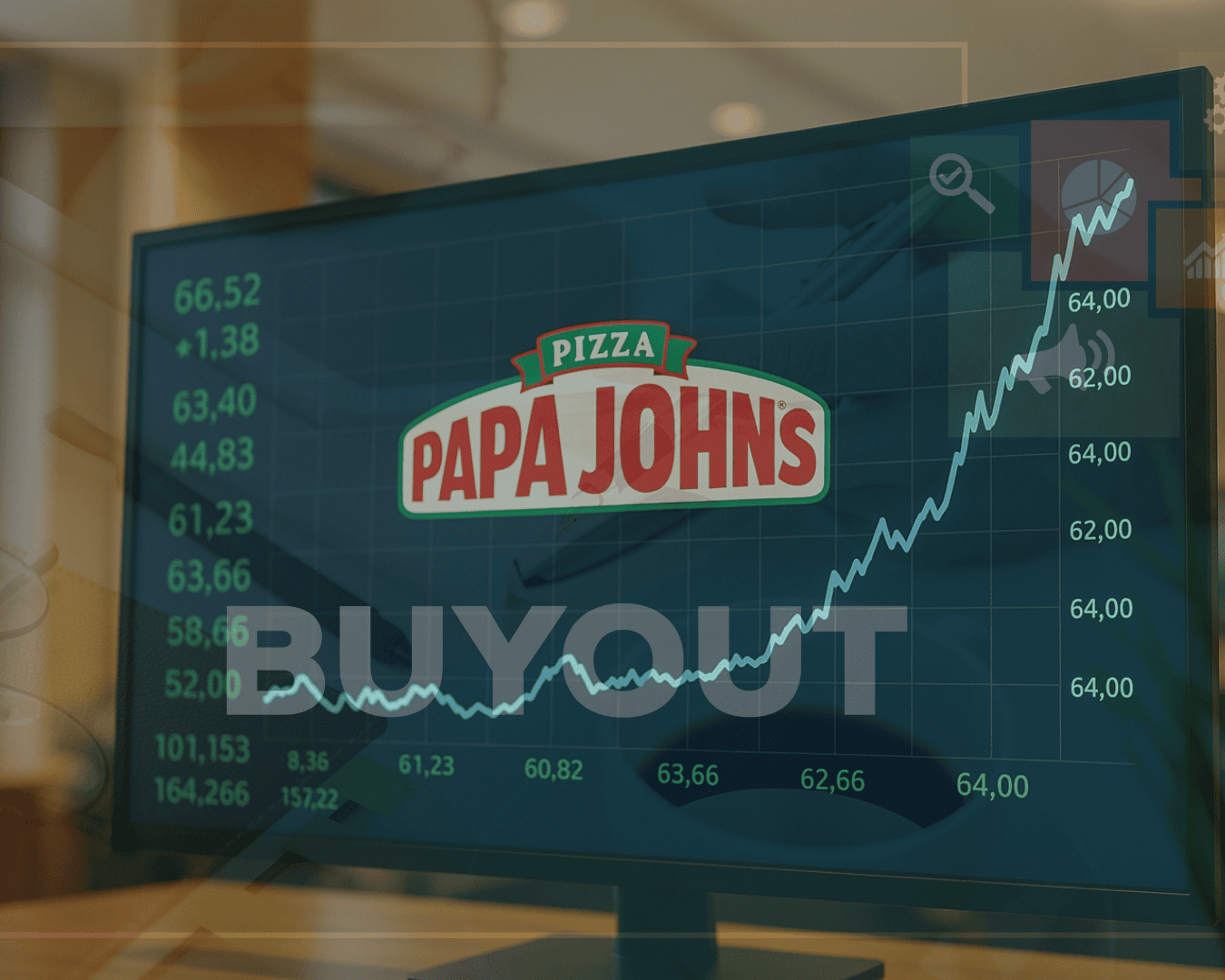
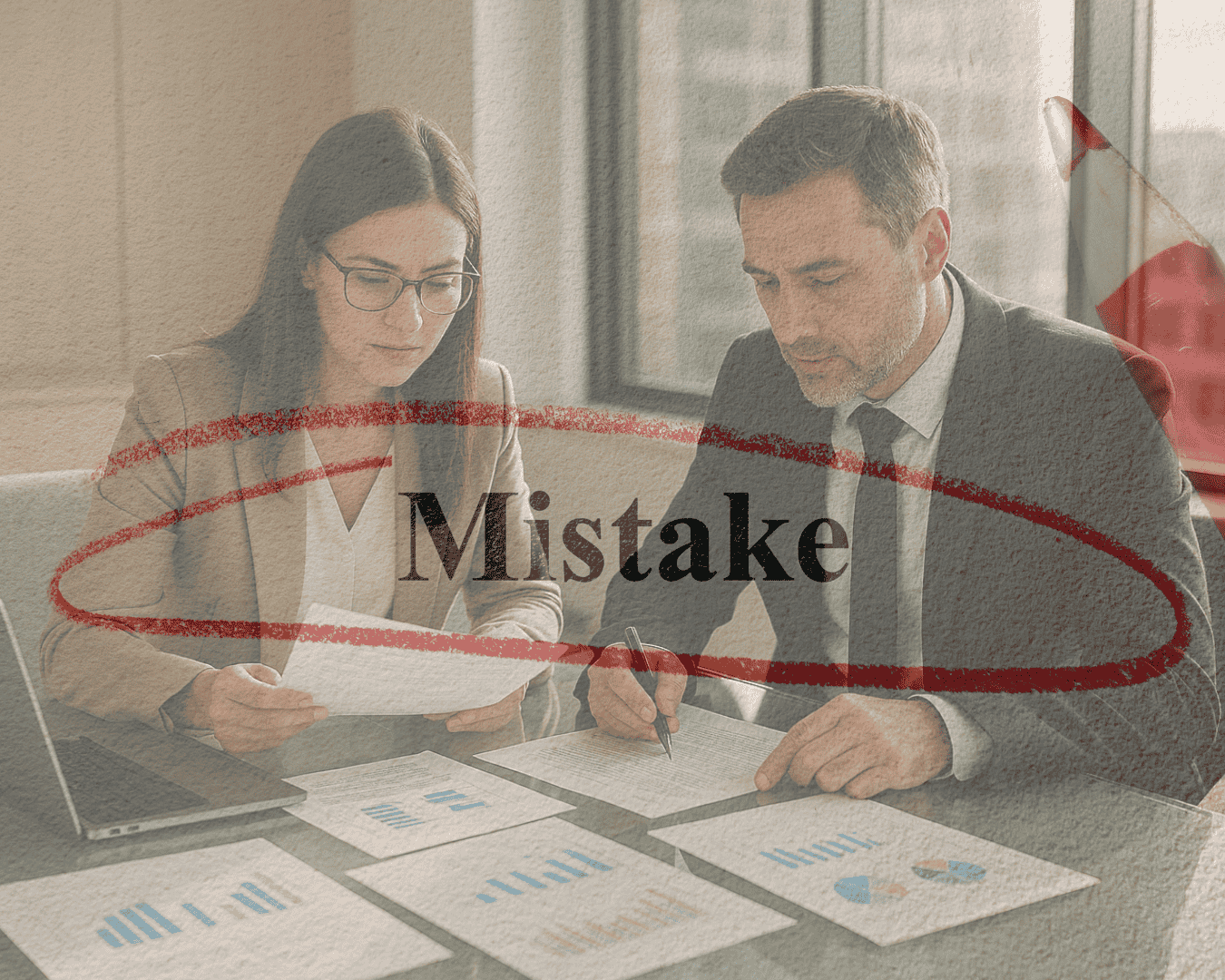
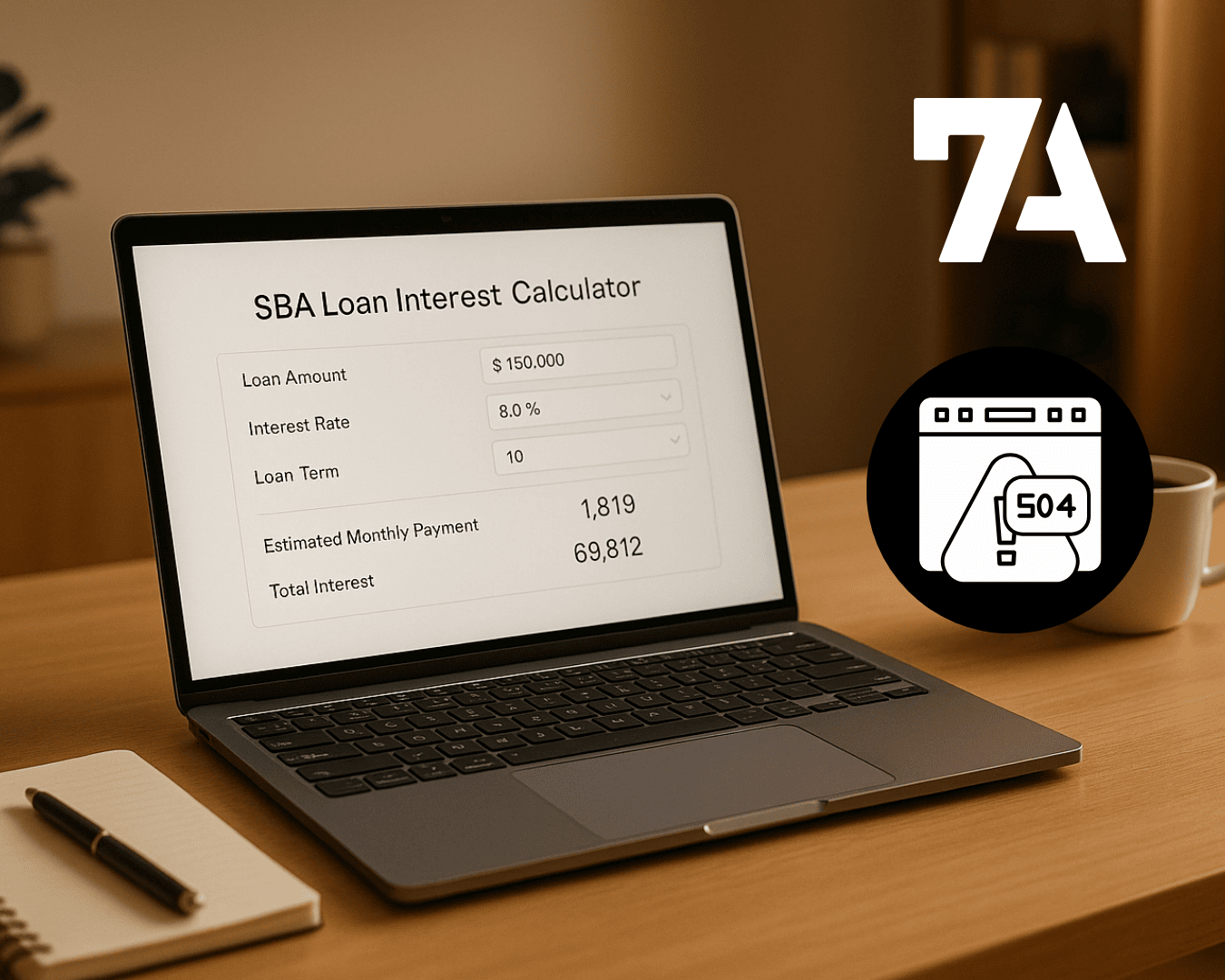







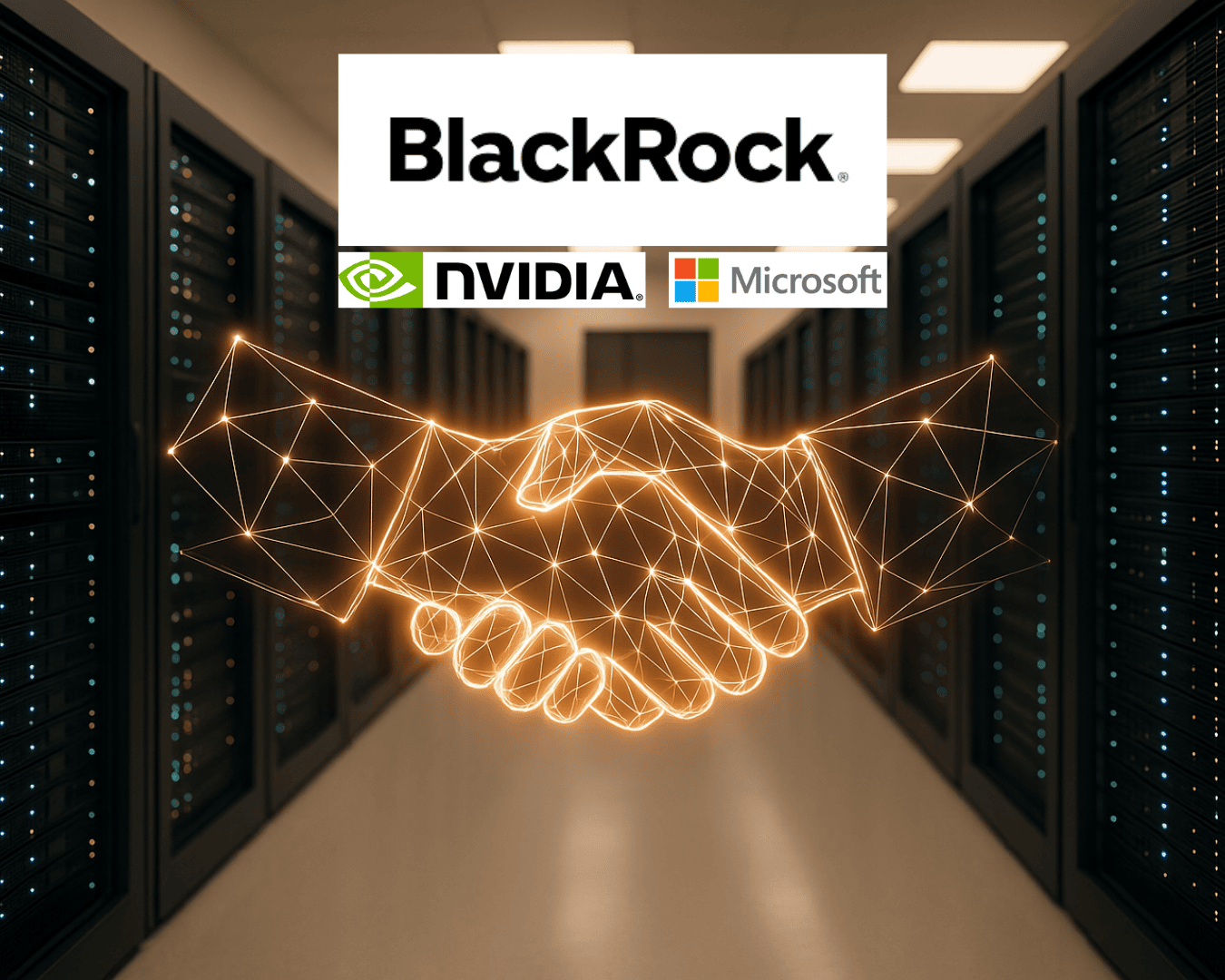
%20Loan%20Application%20Checklist.png)
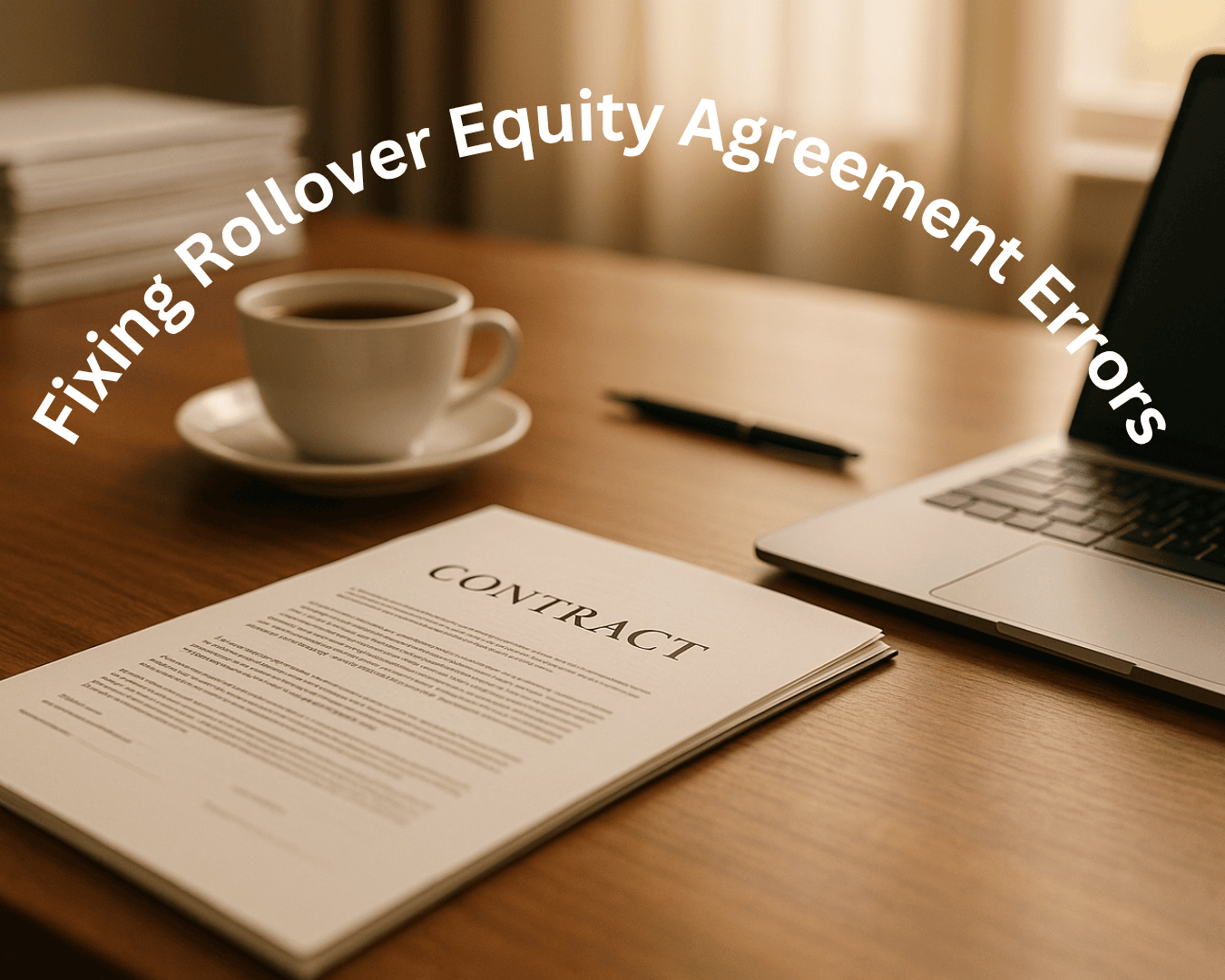
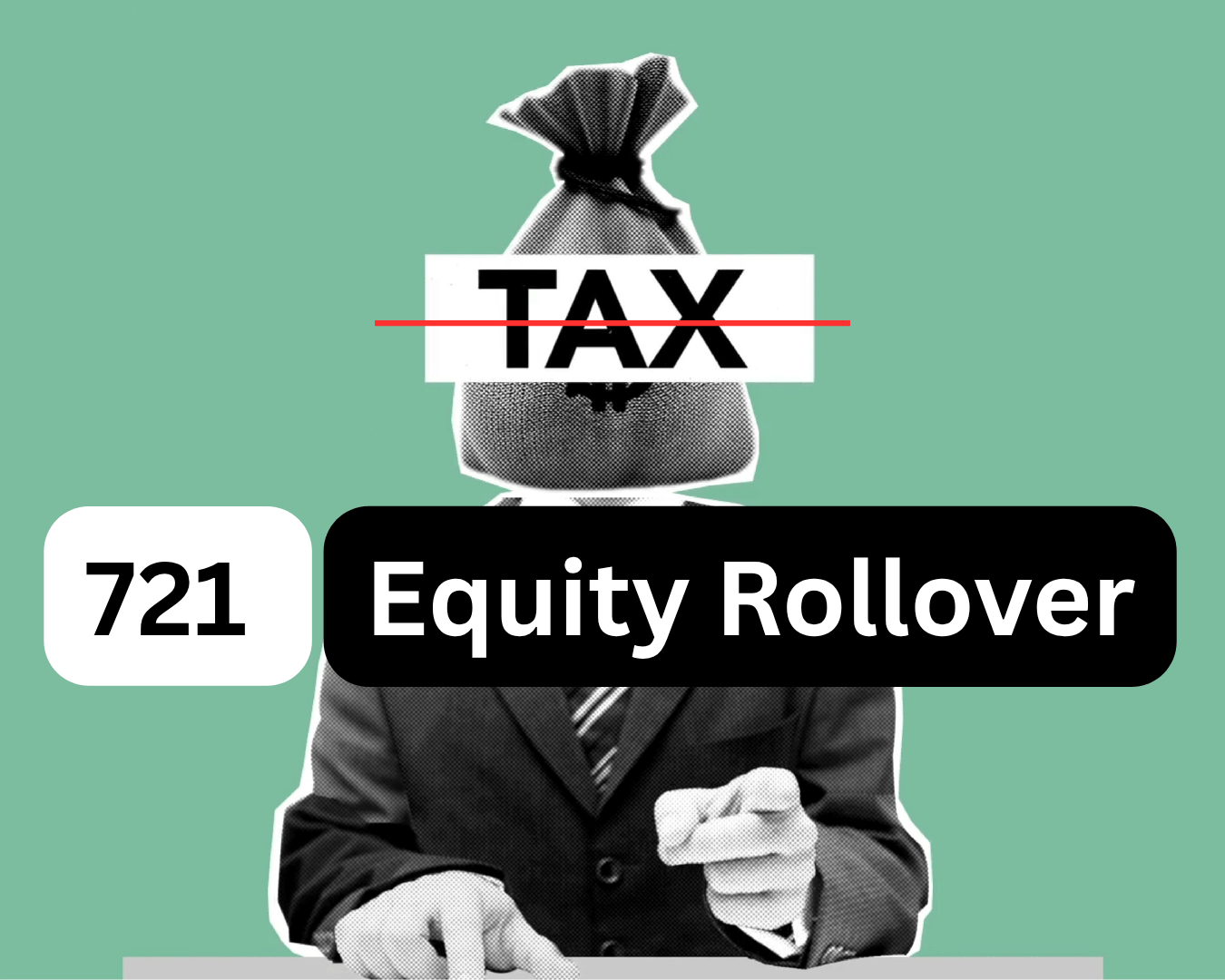
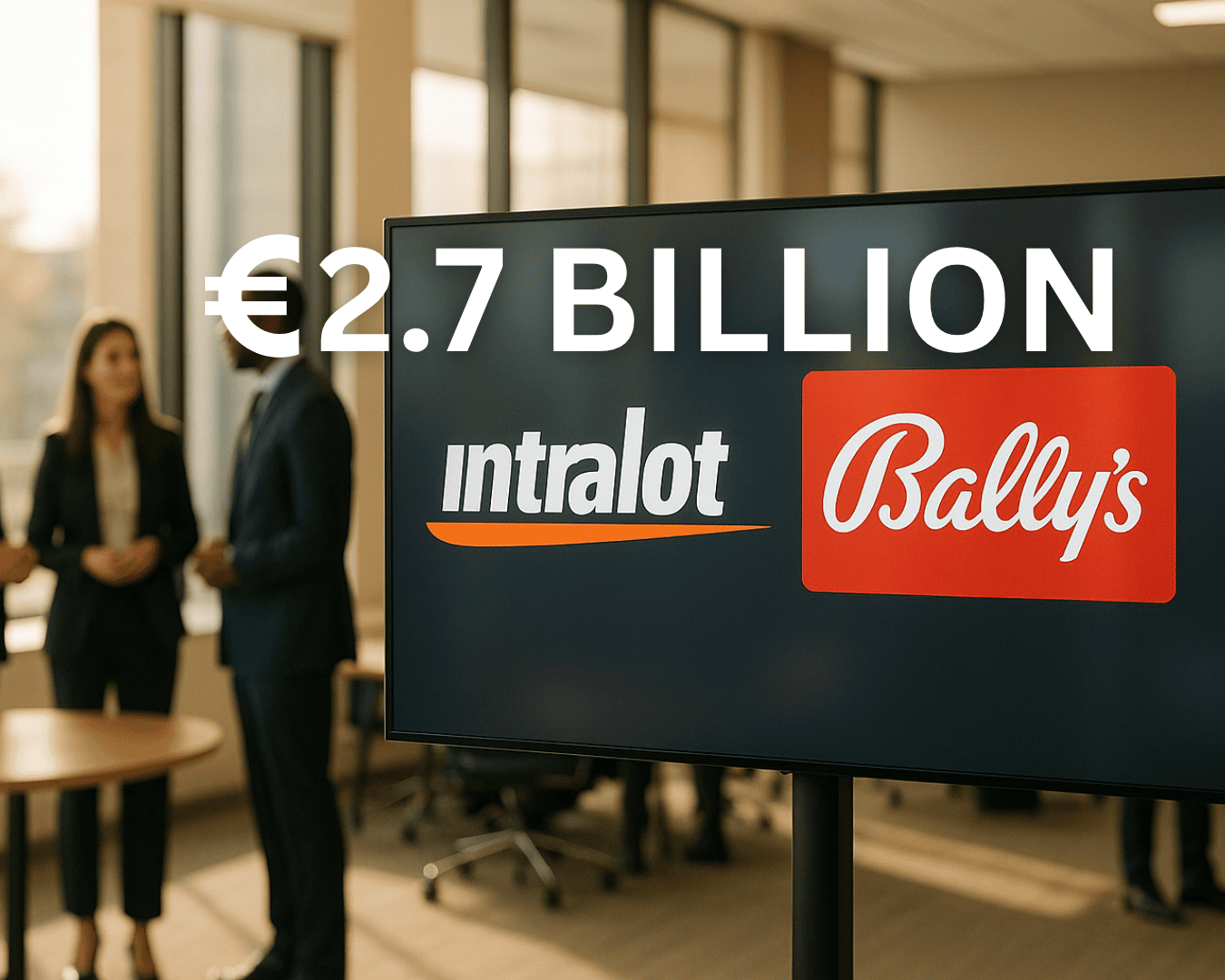



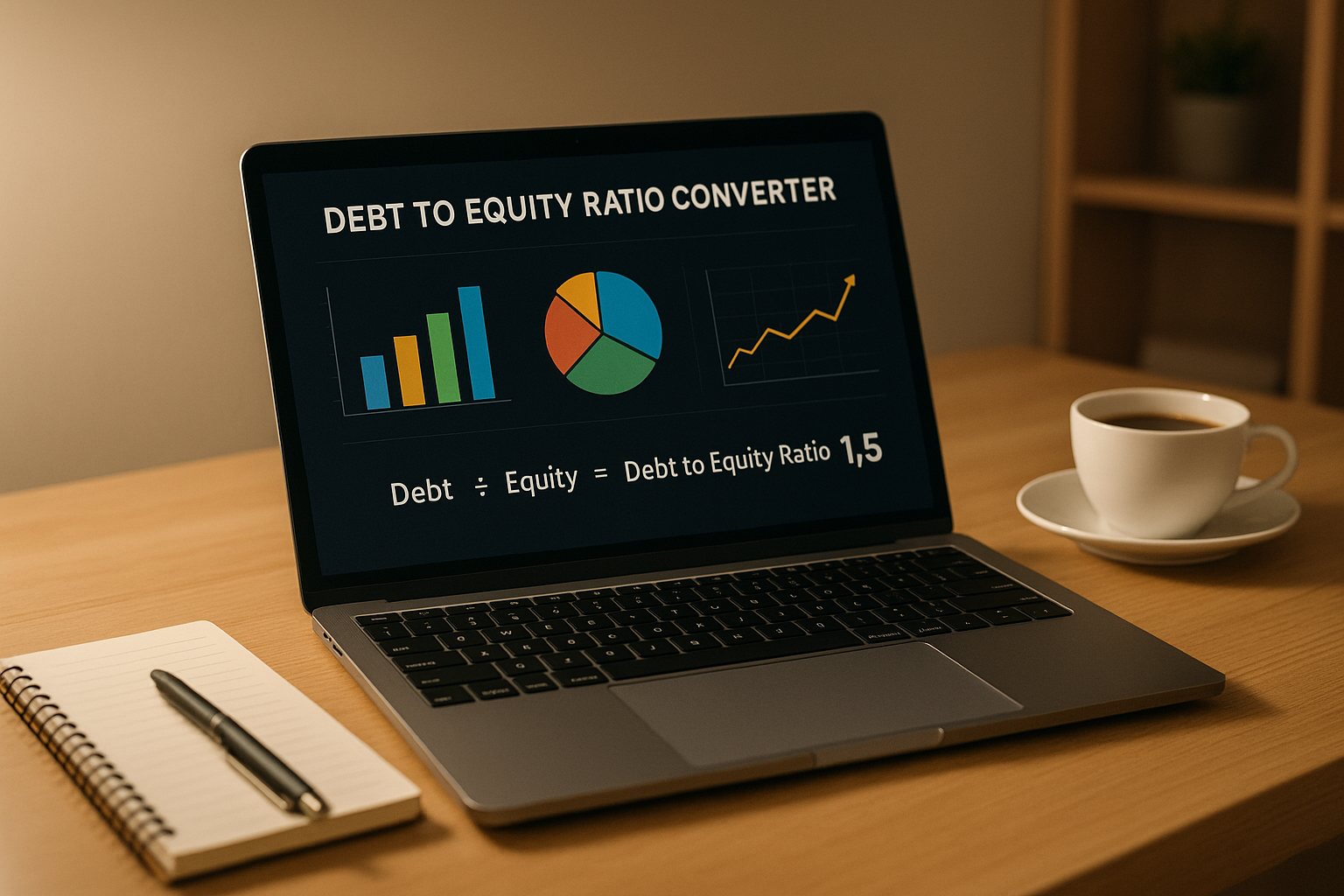



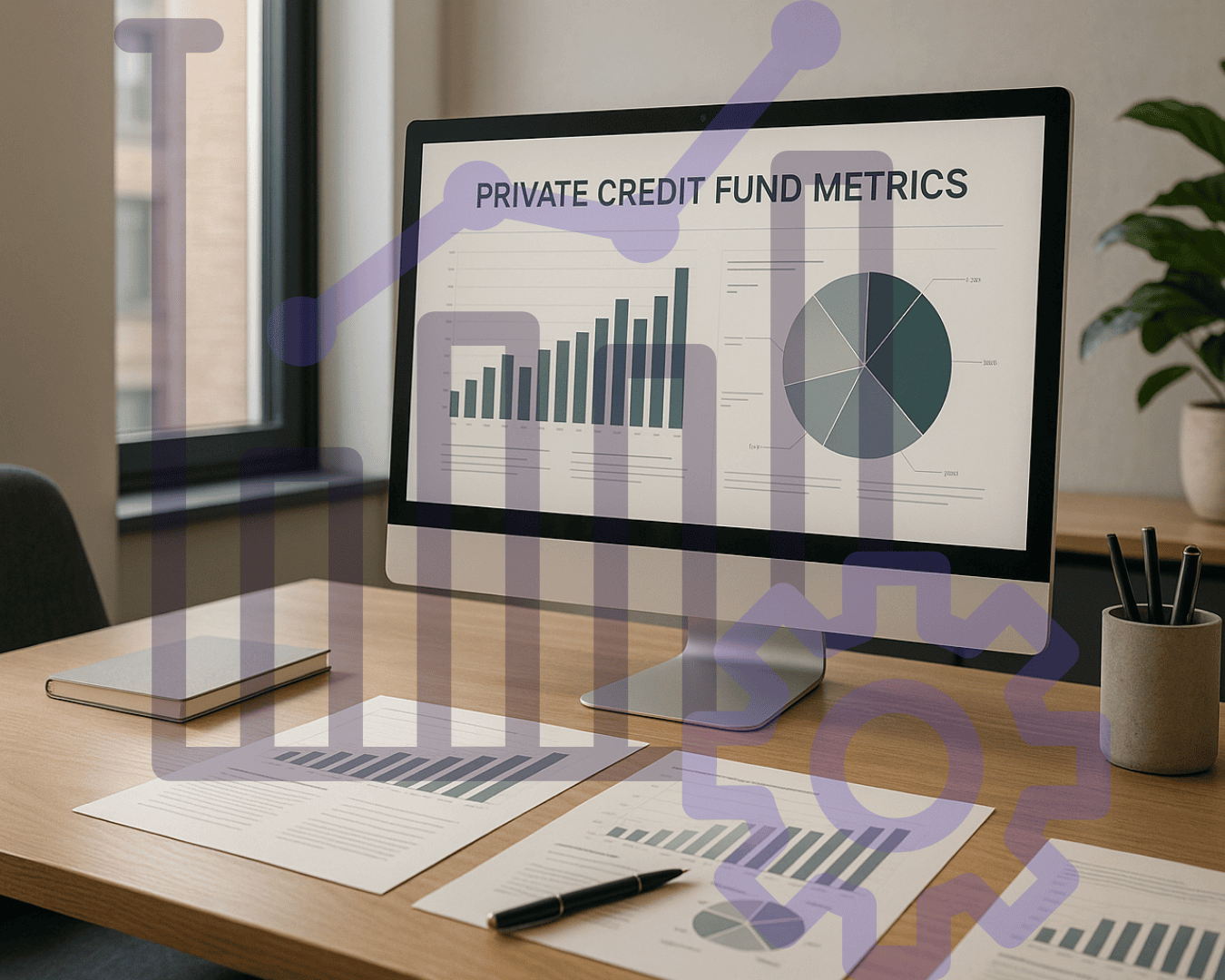
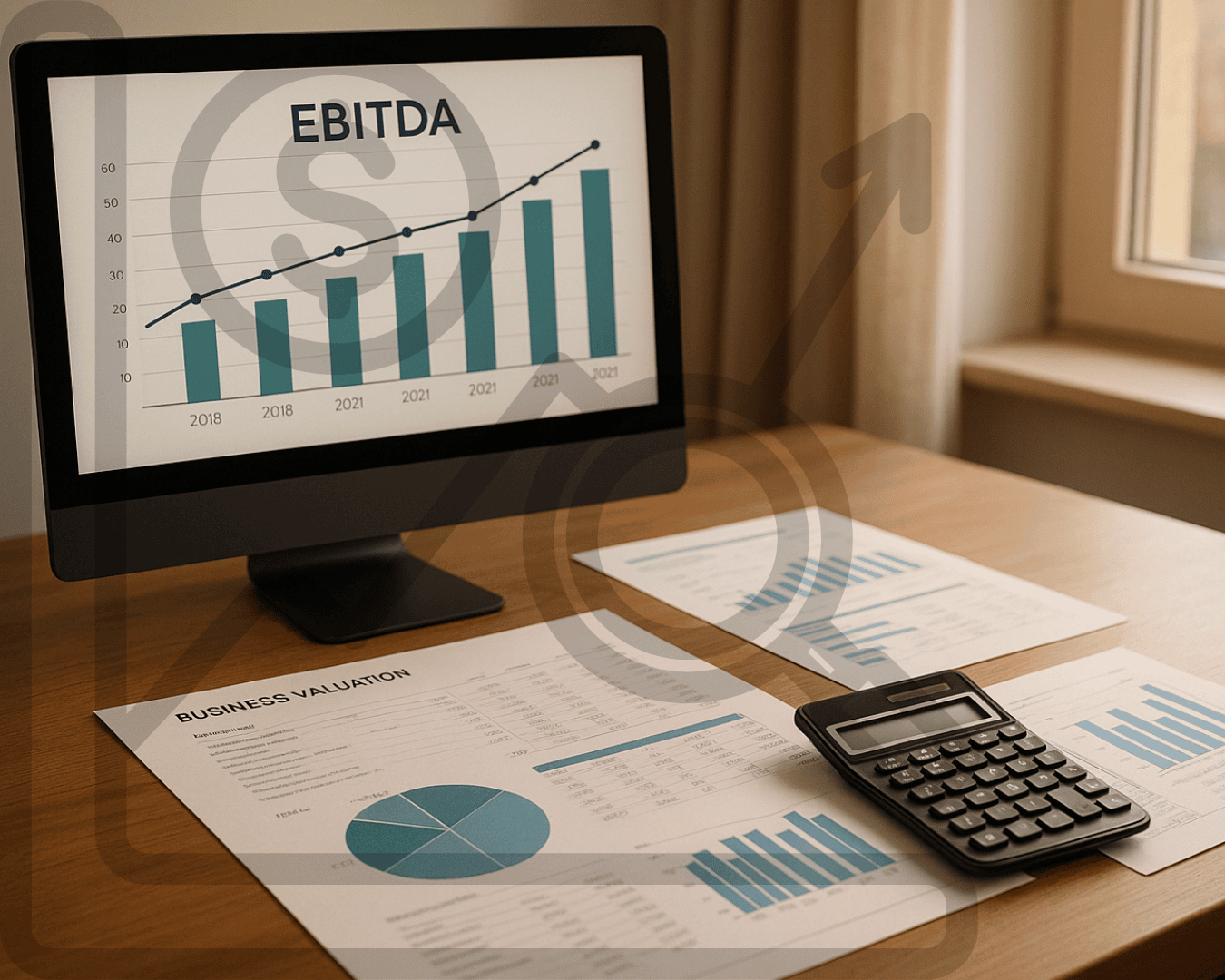


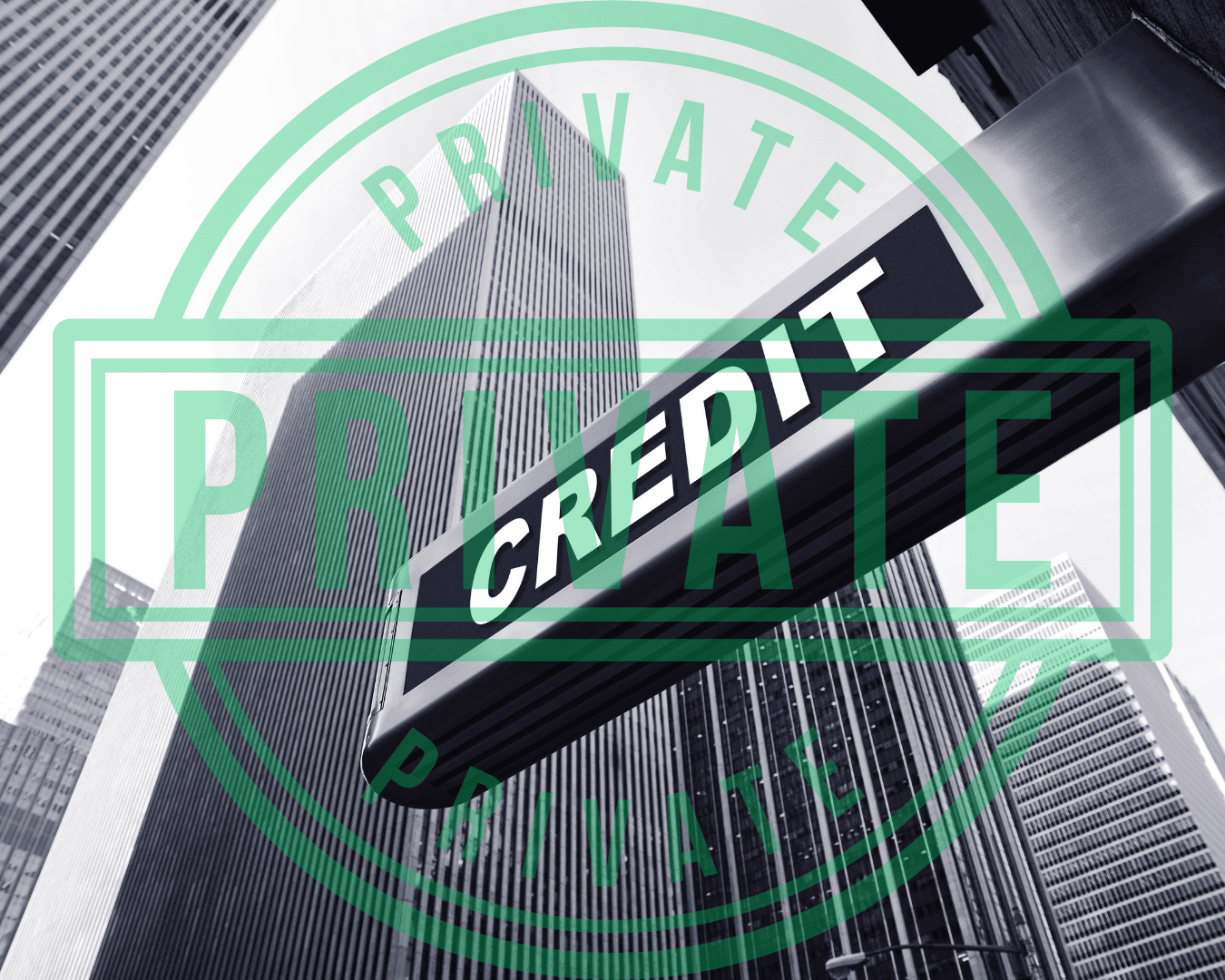


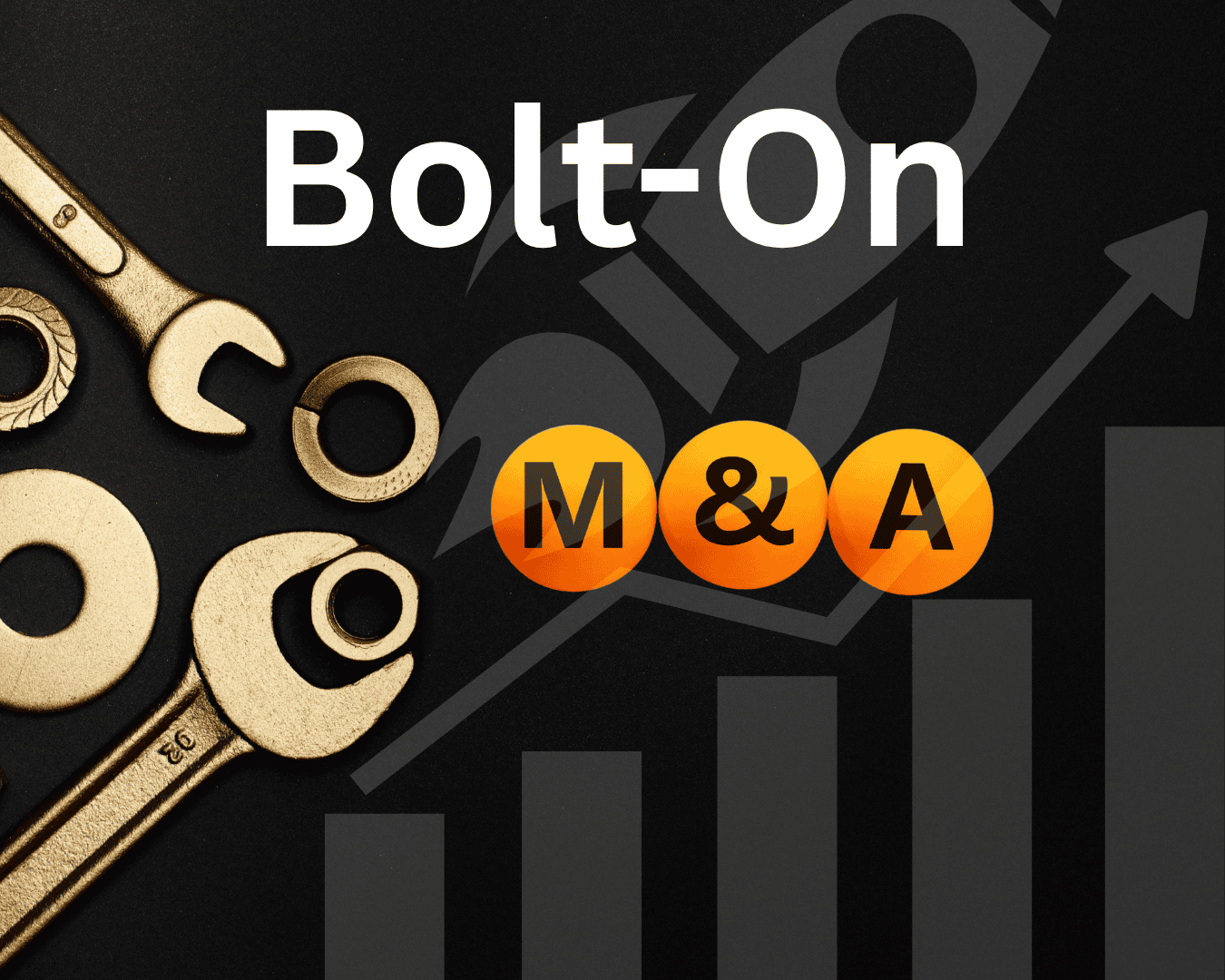


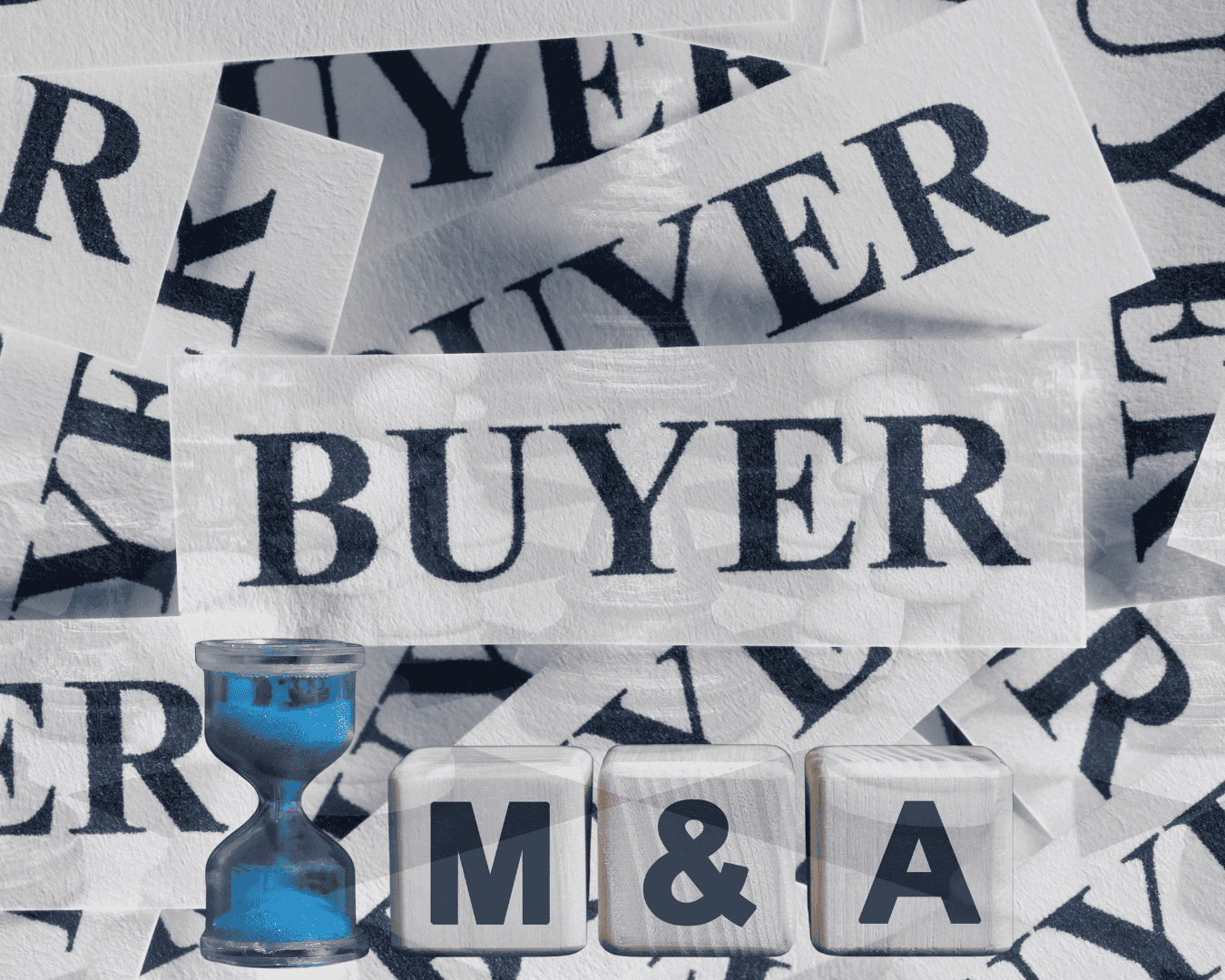



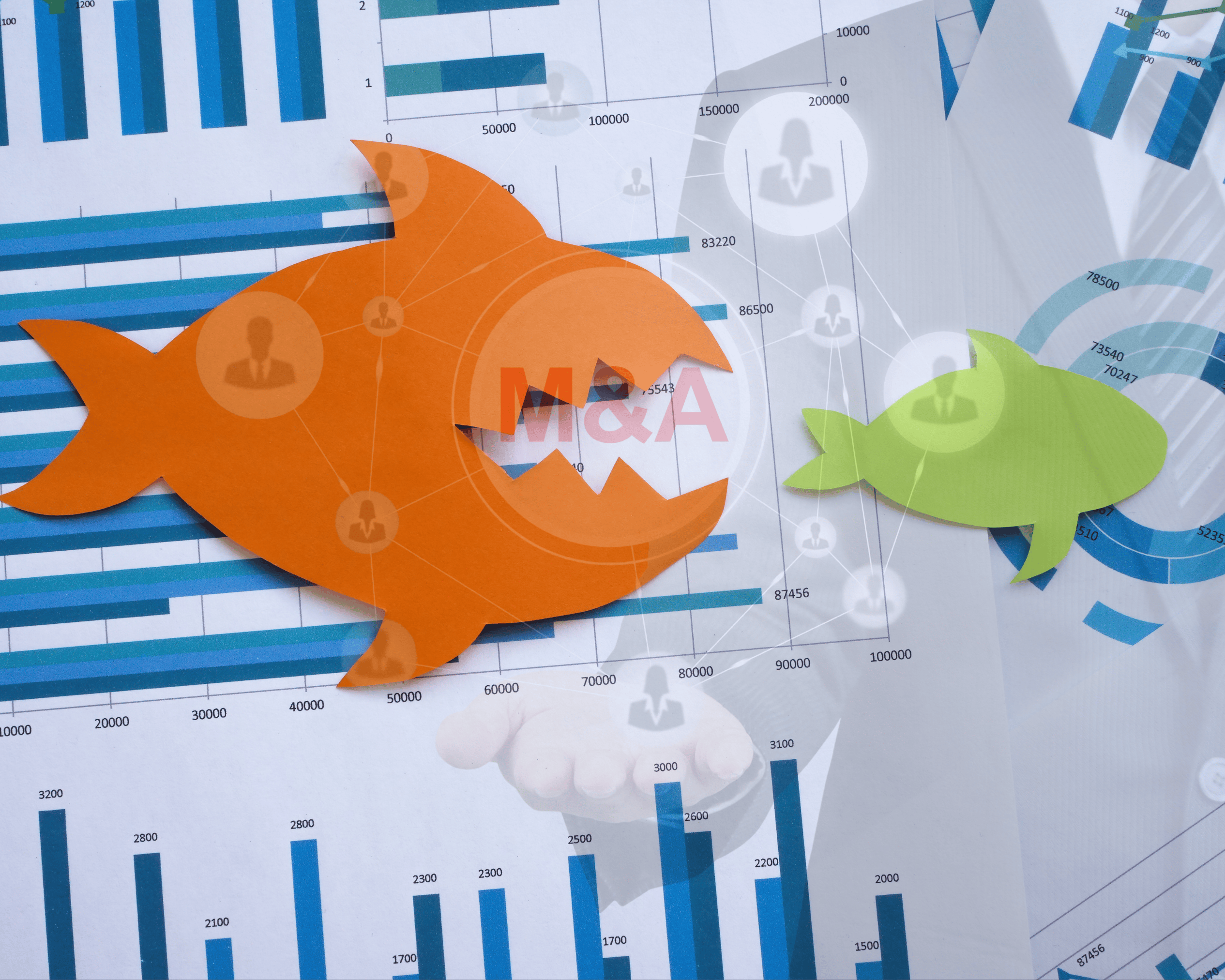



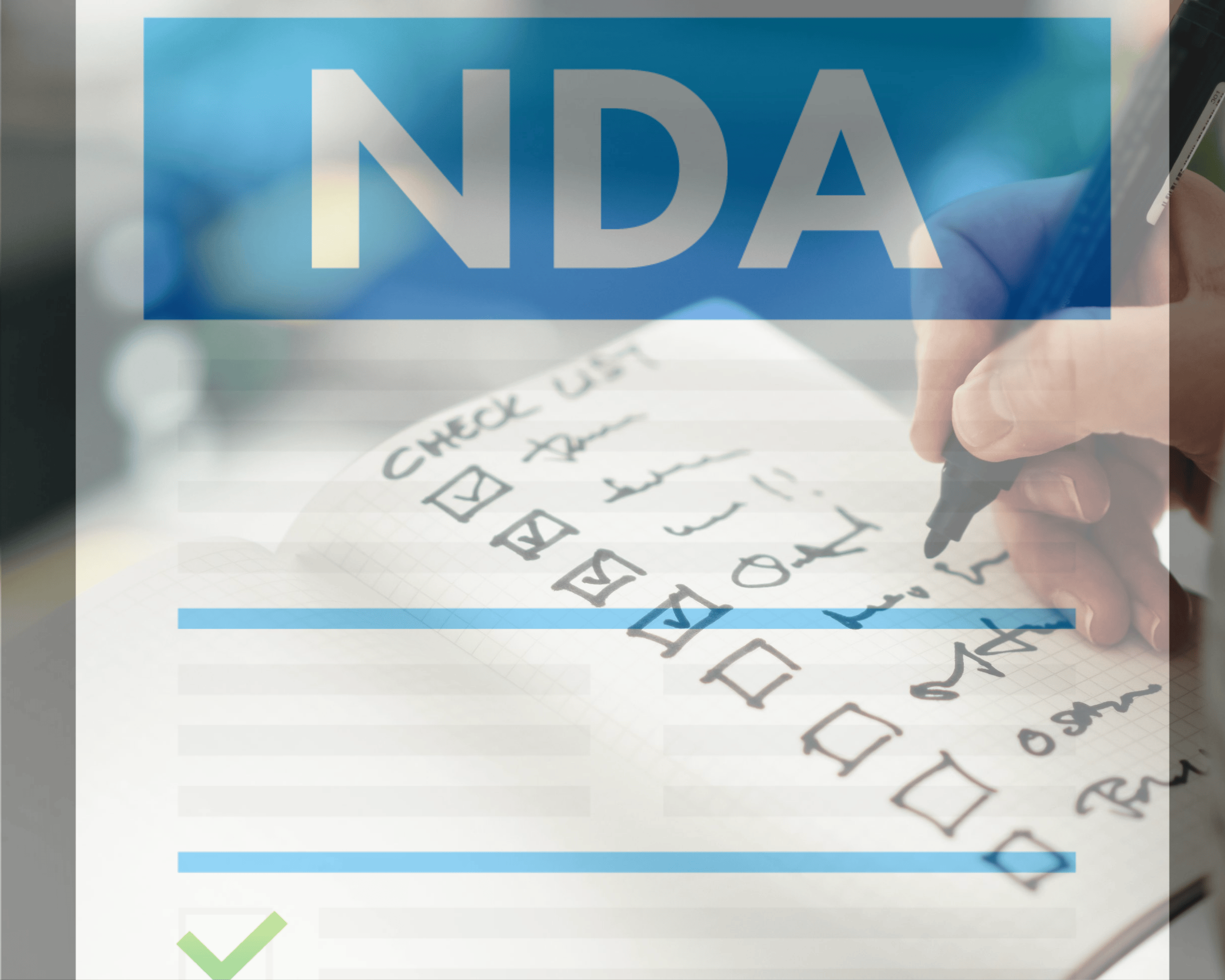
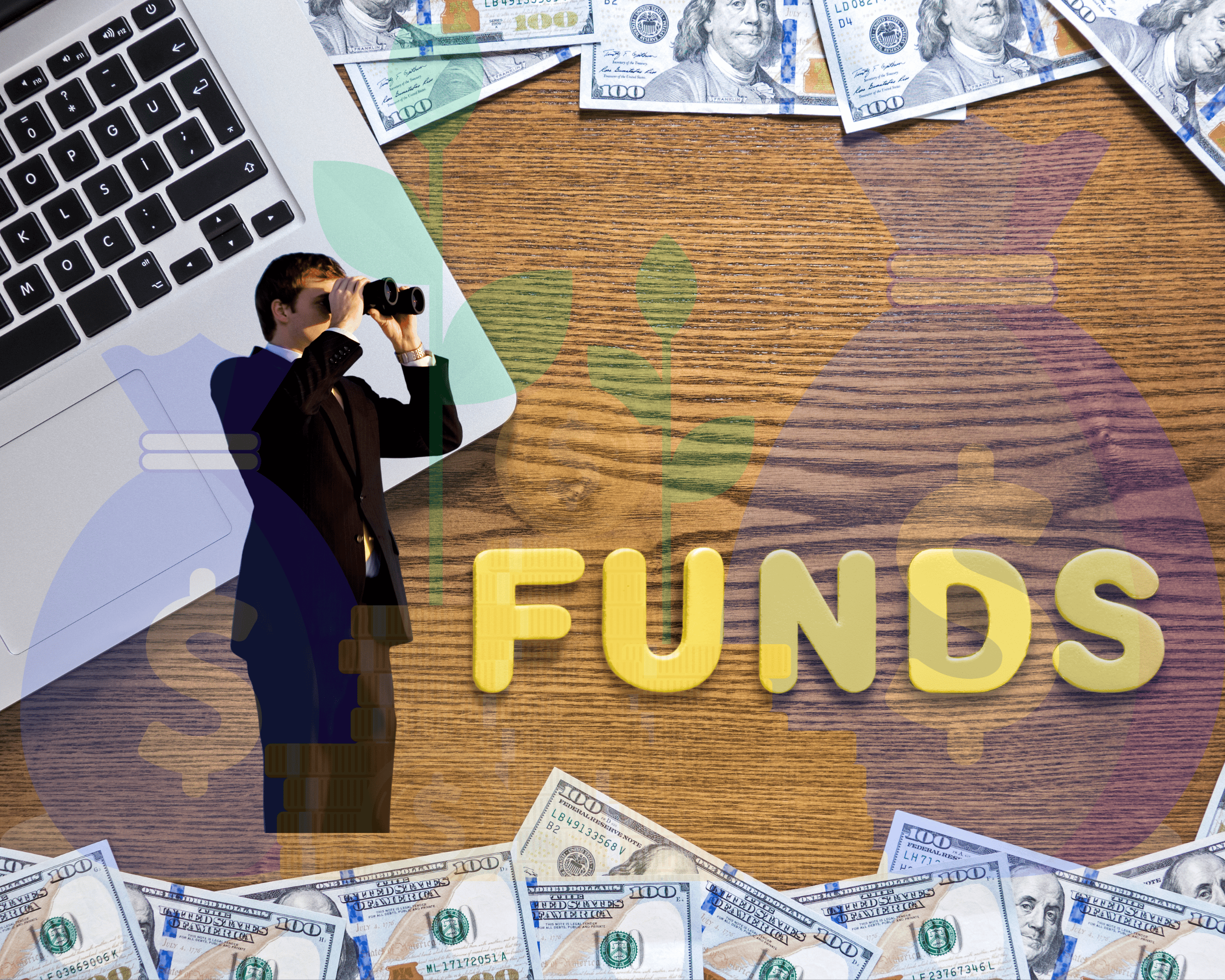
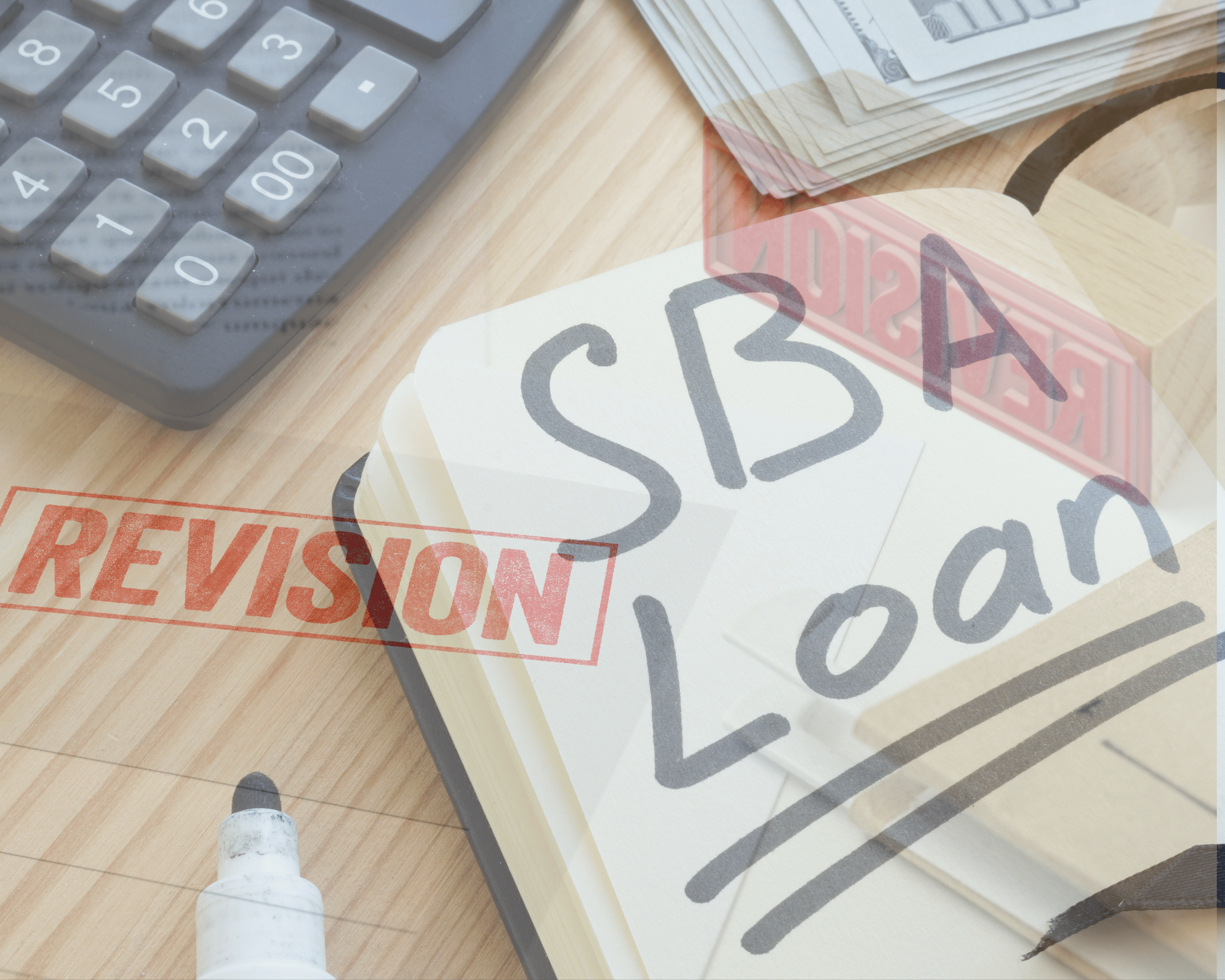
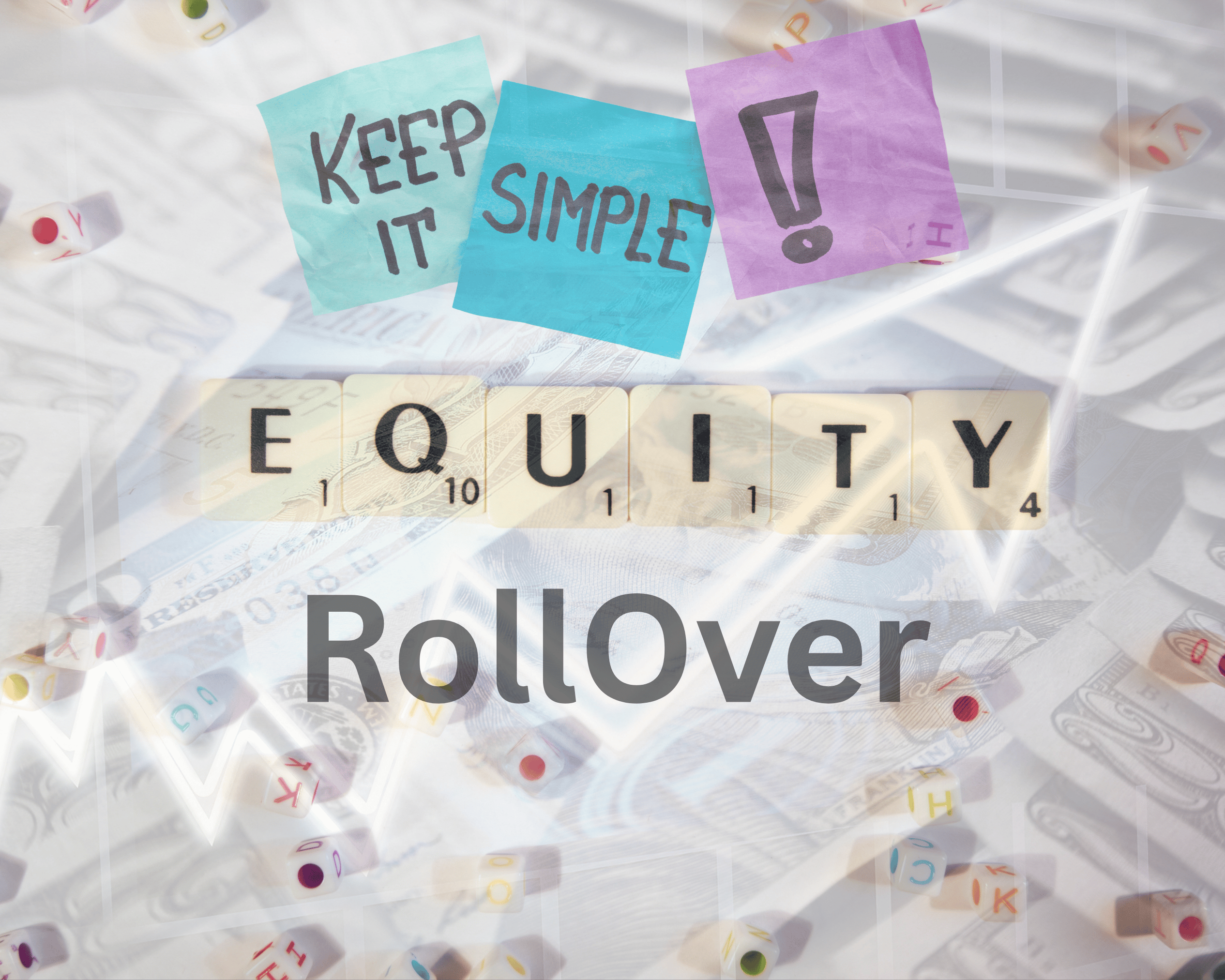


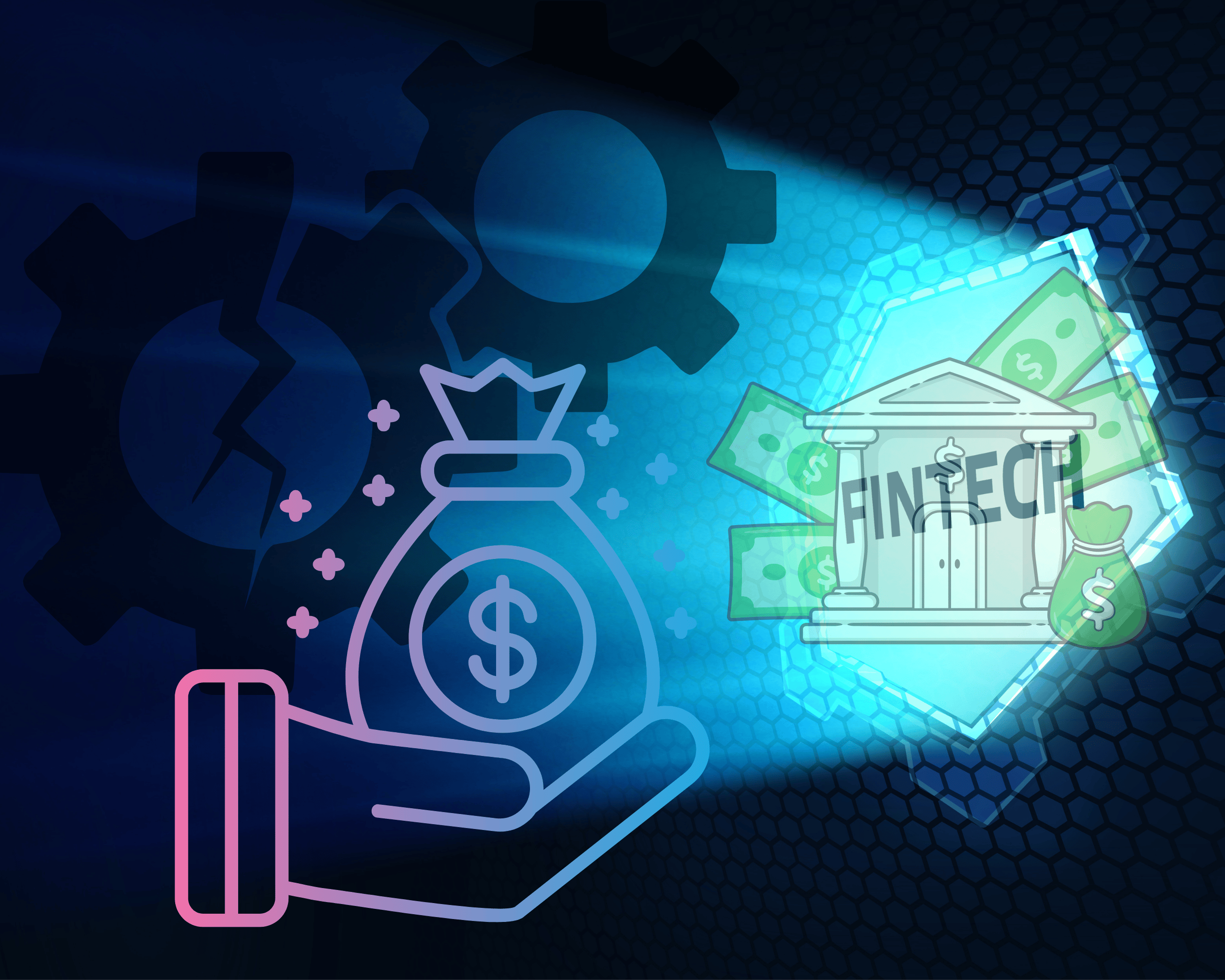

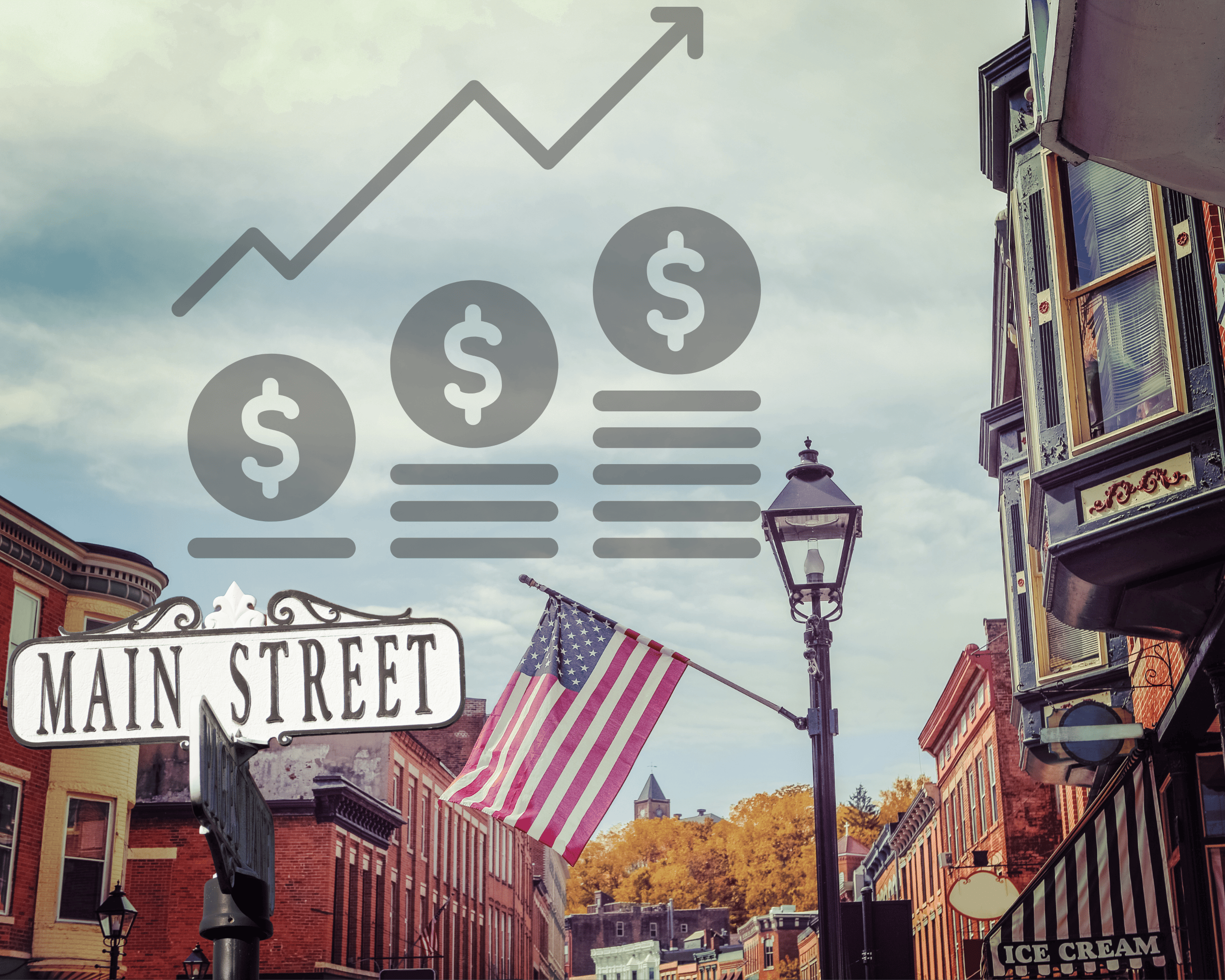
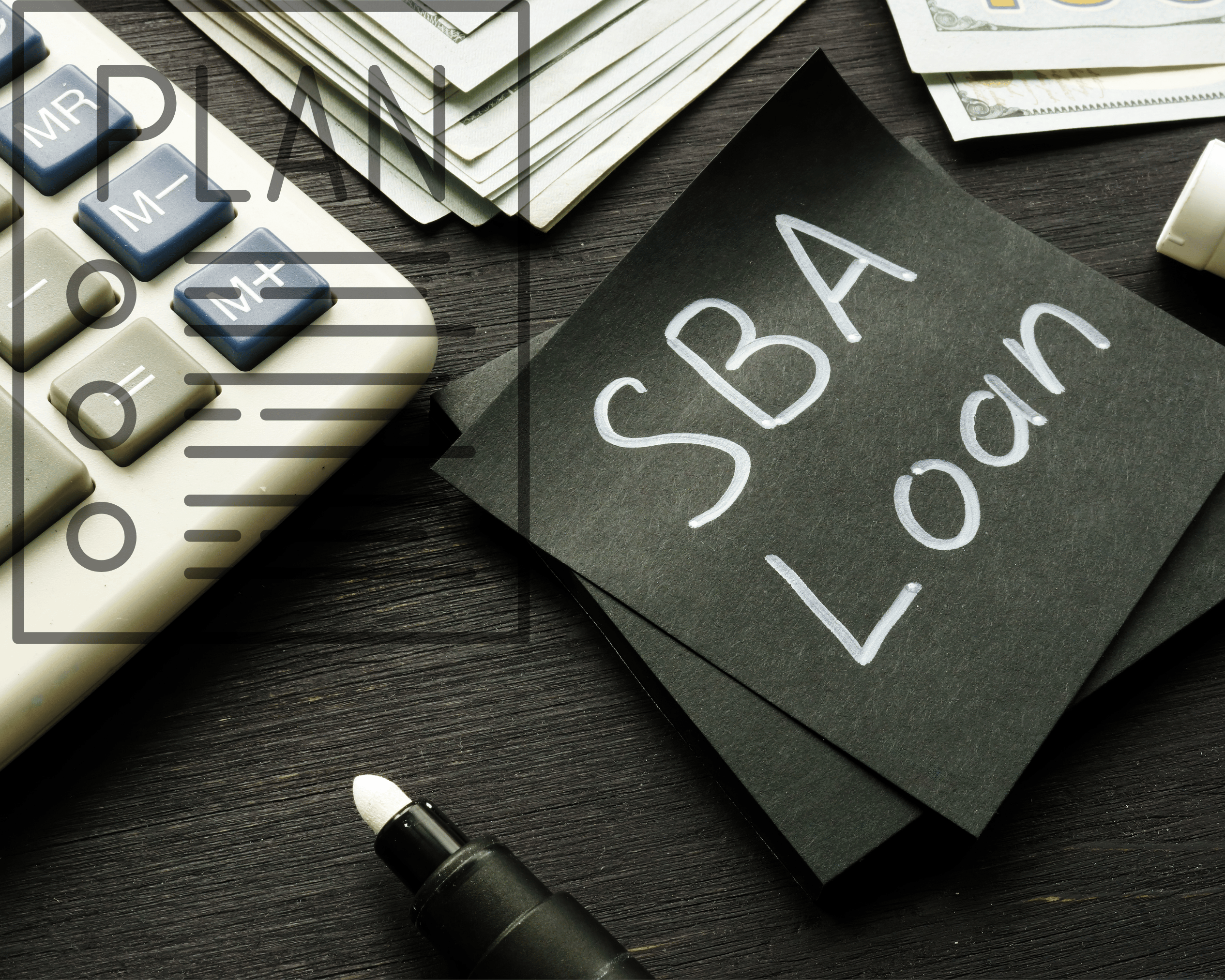

.png)
%20Loans%20%26%20Your%20Buy-Side%20Edge.png)

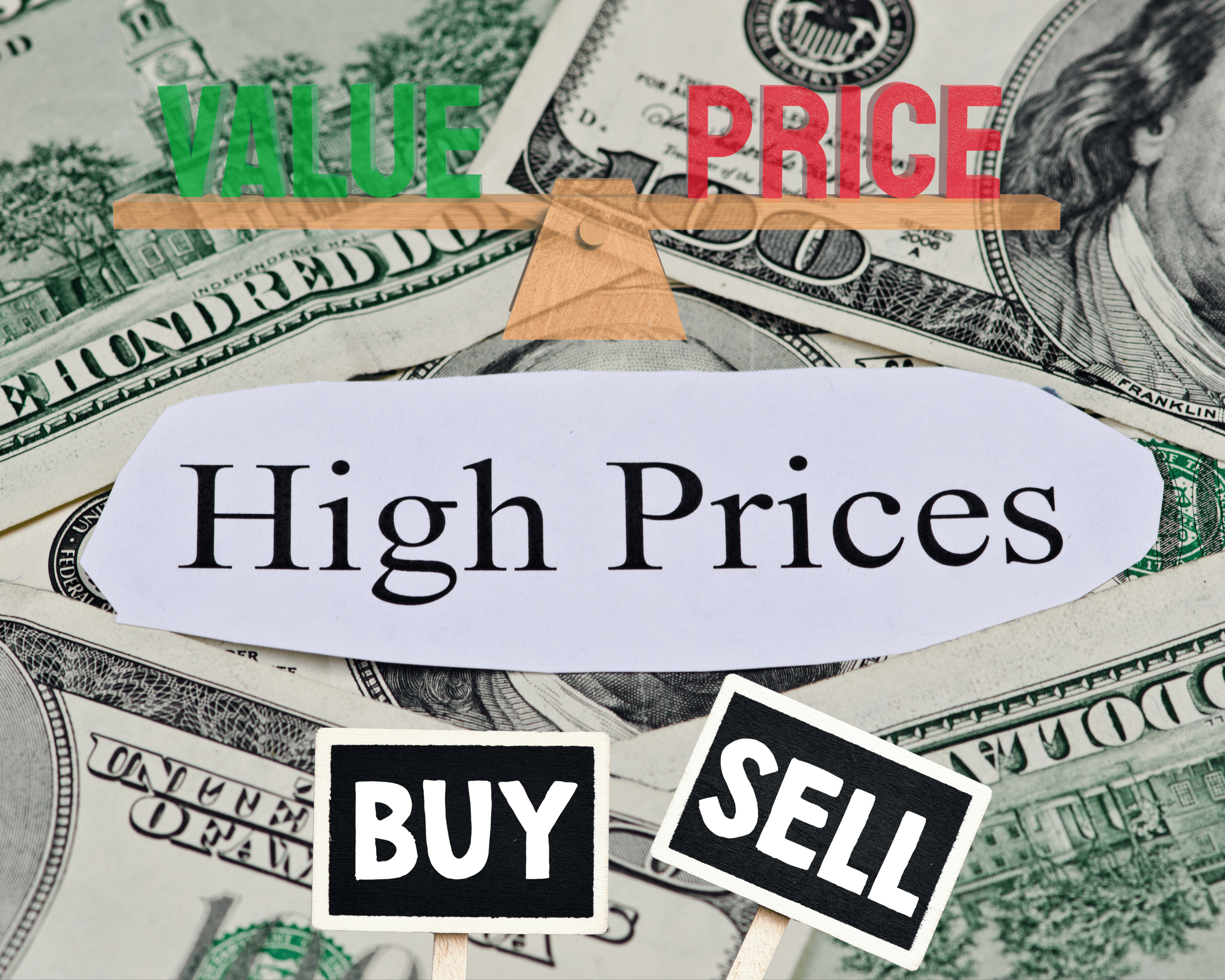
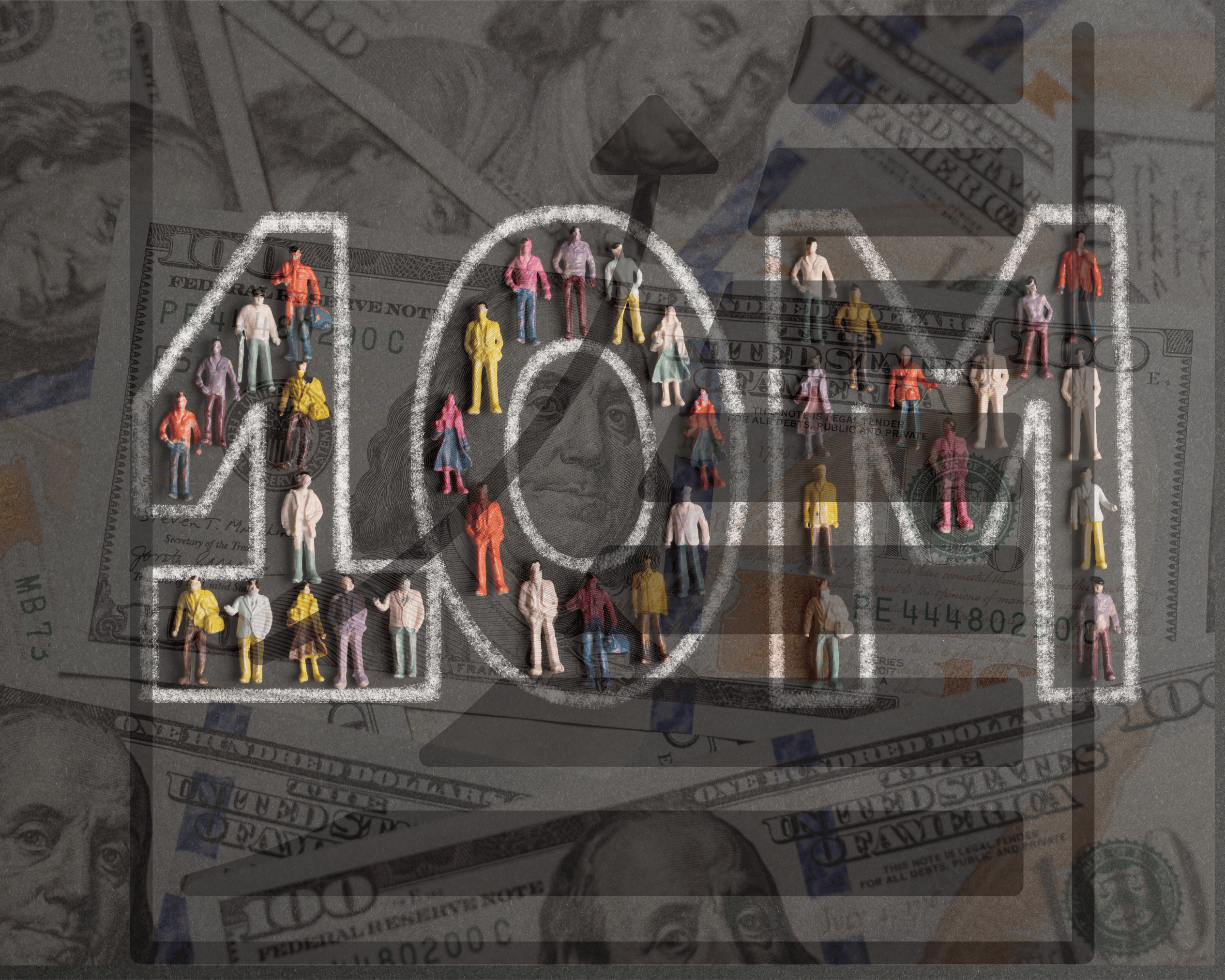
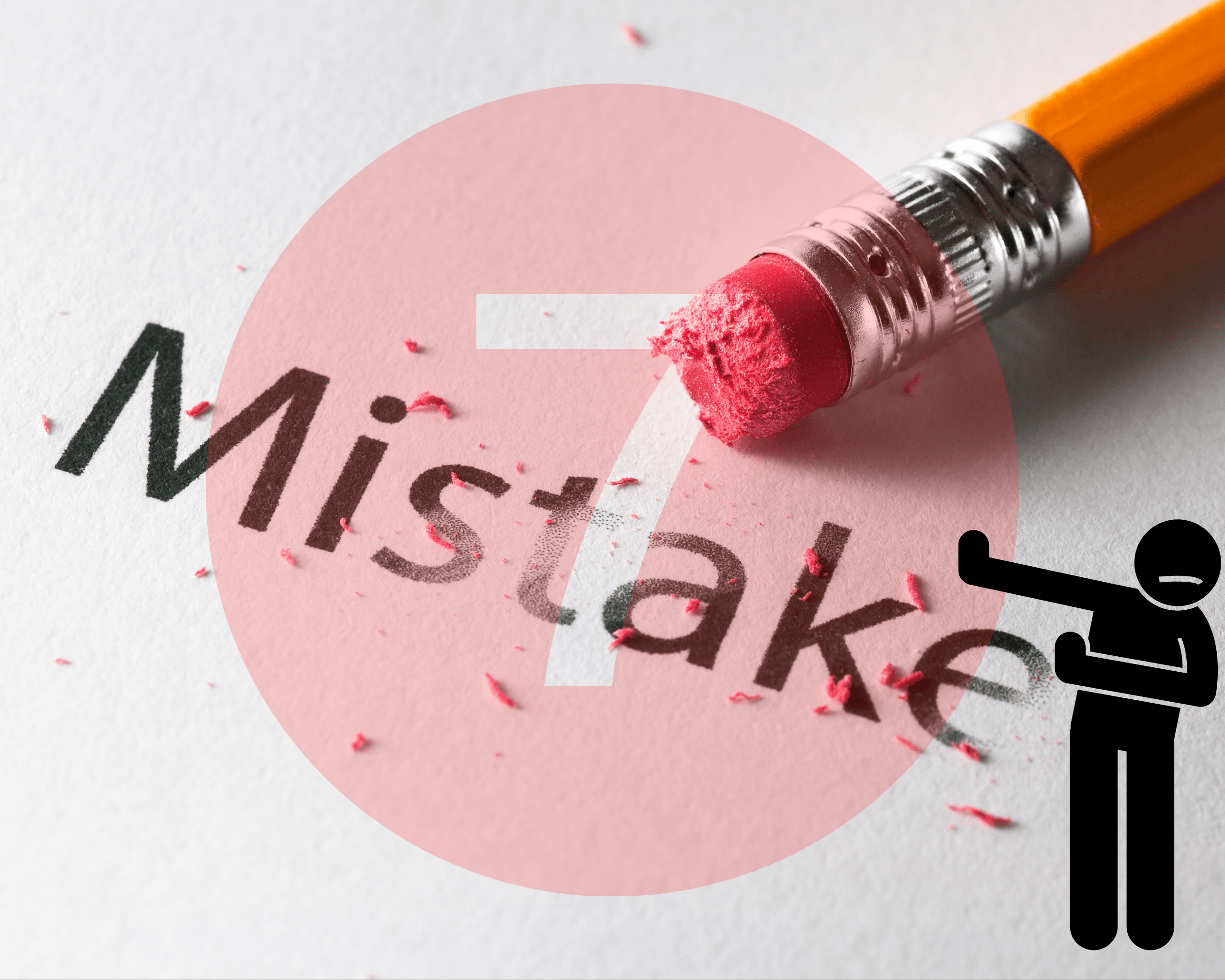
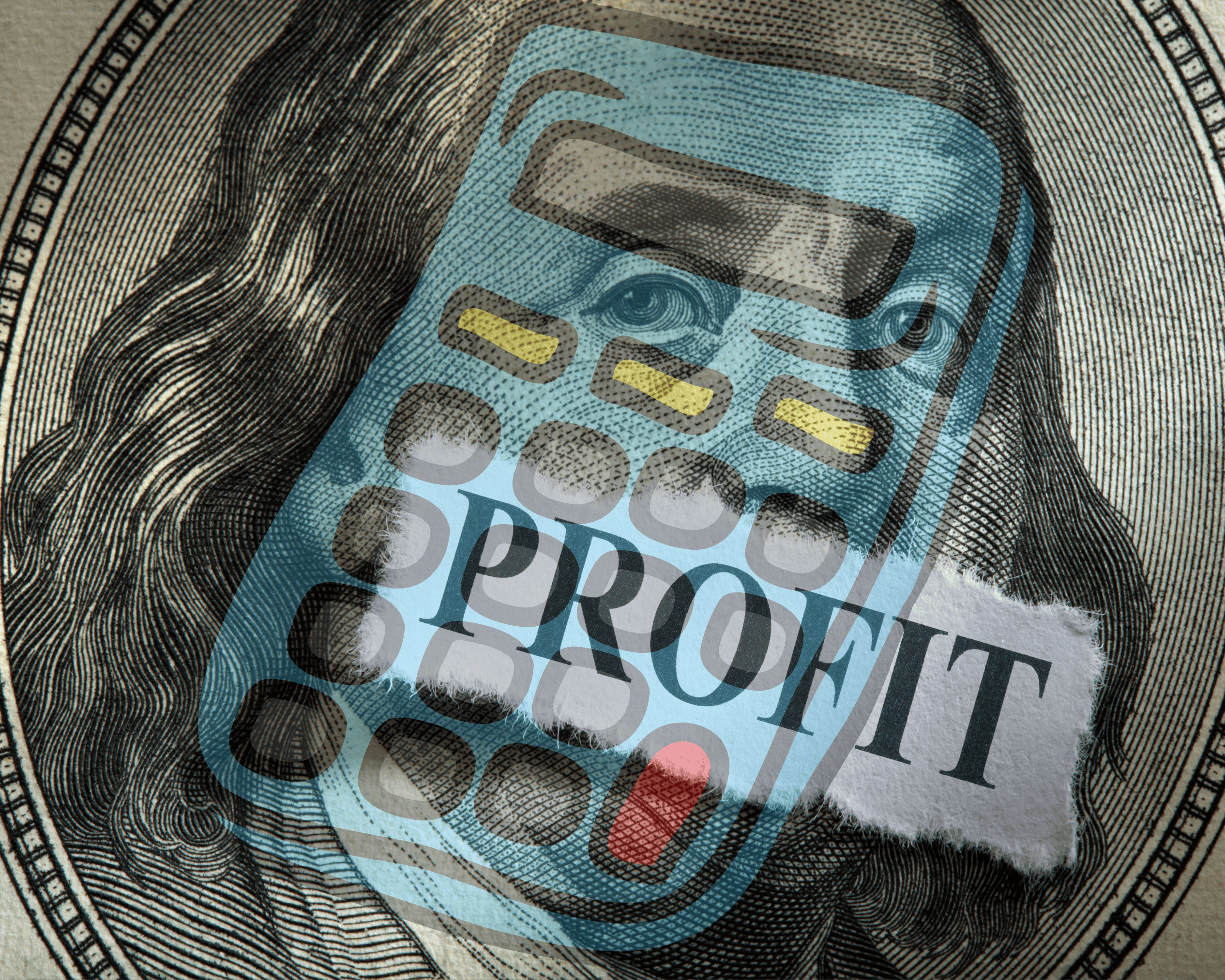

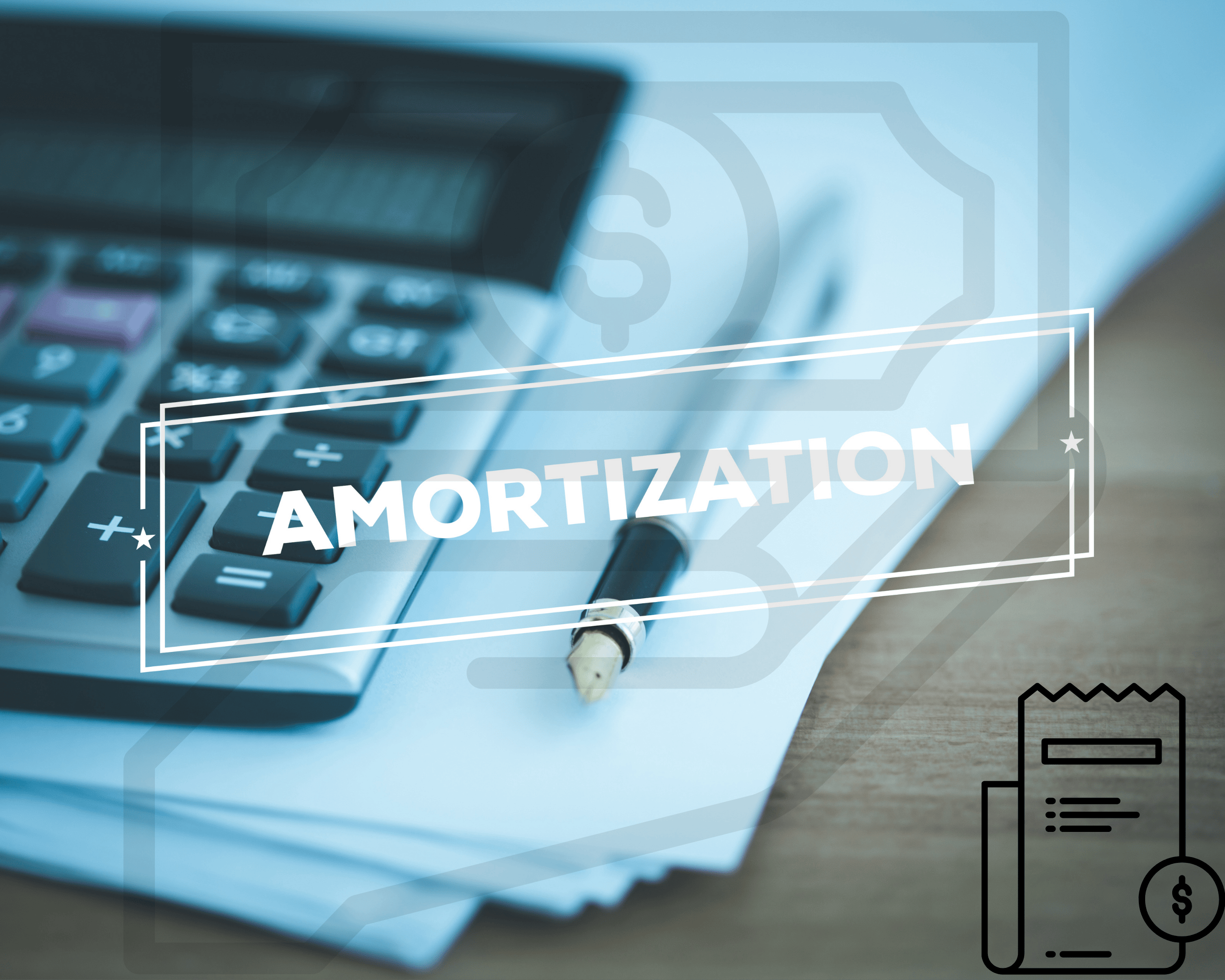



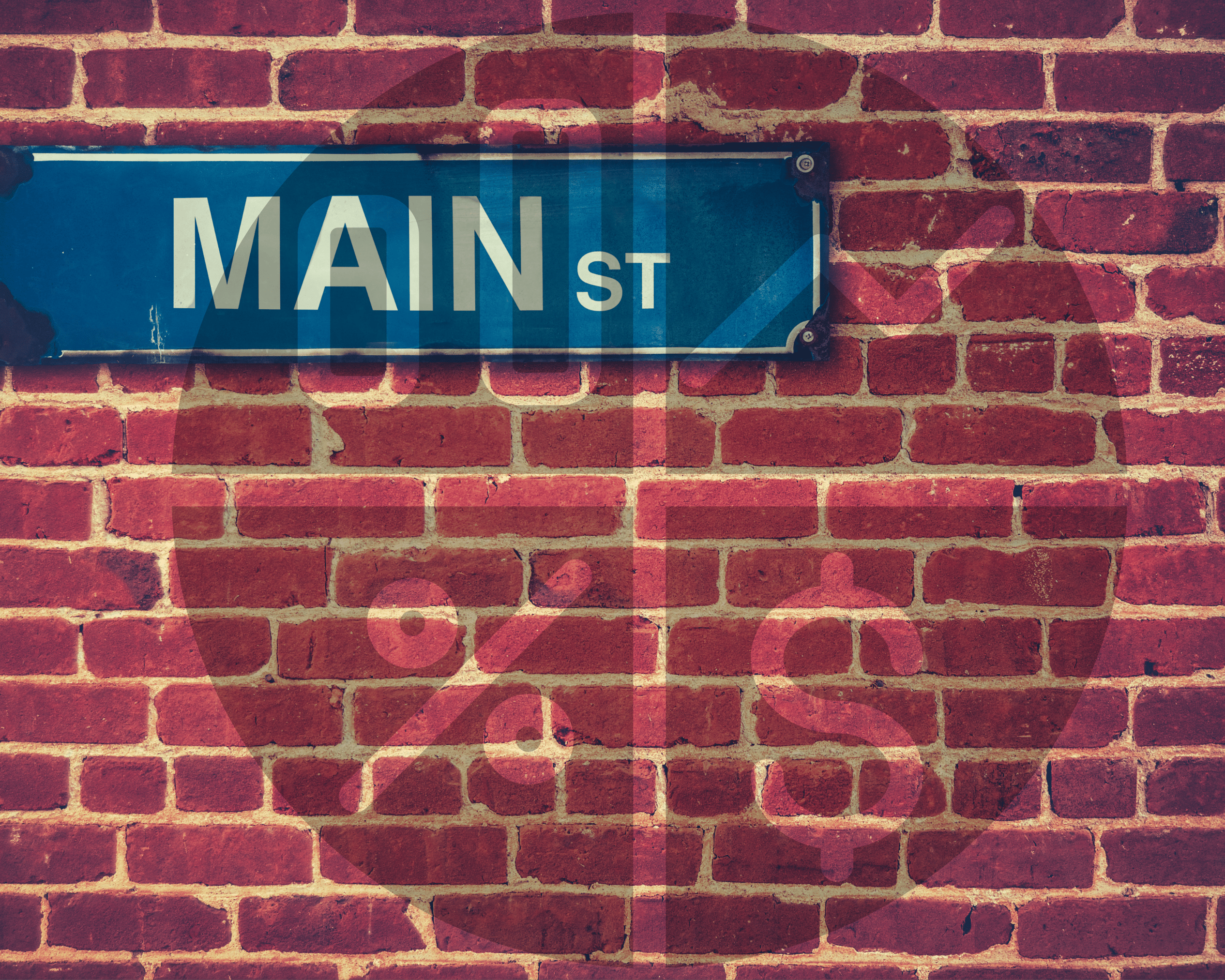

















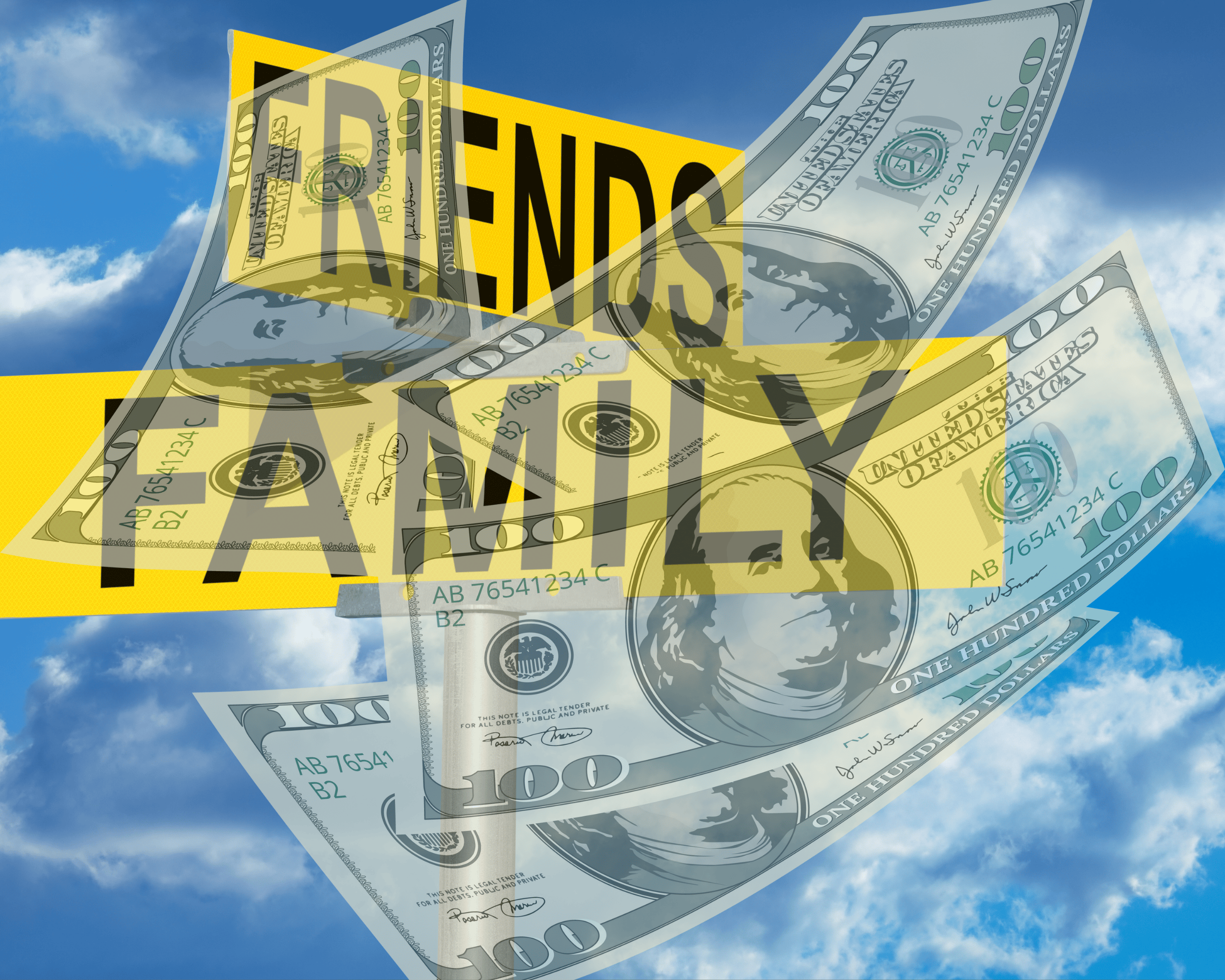

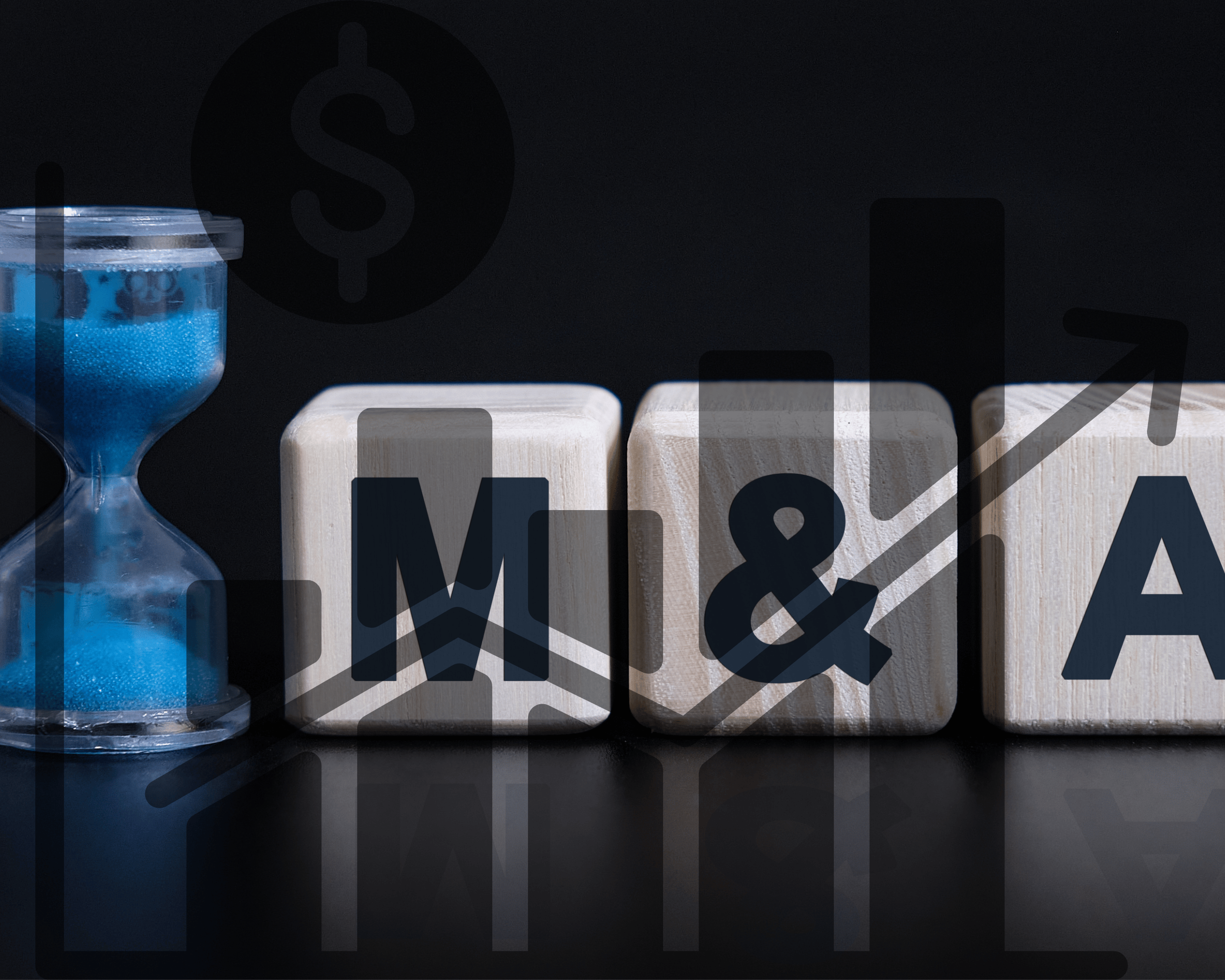


.png)
.png)
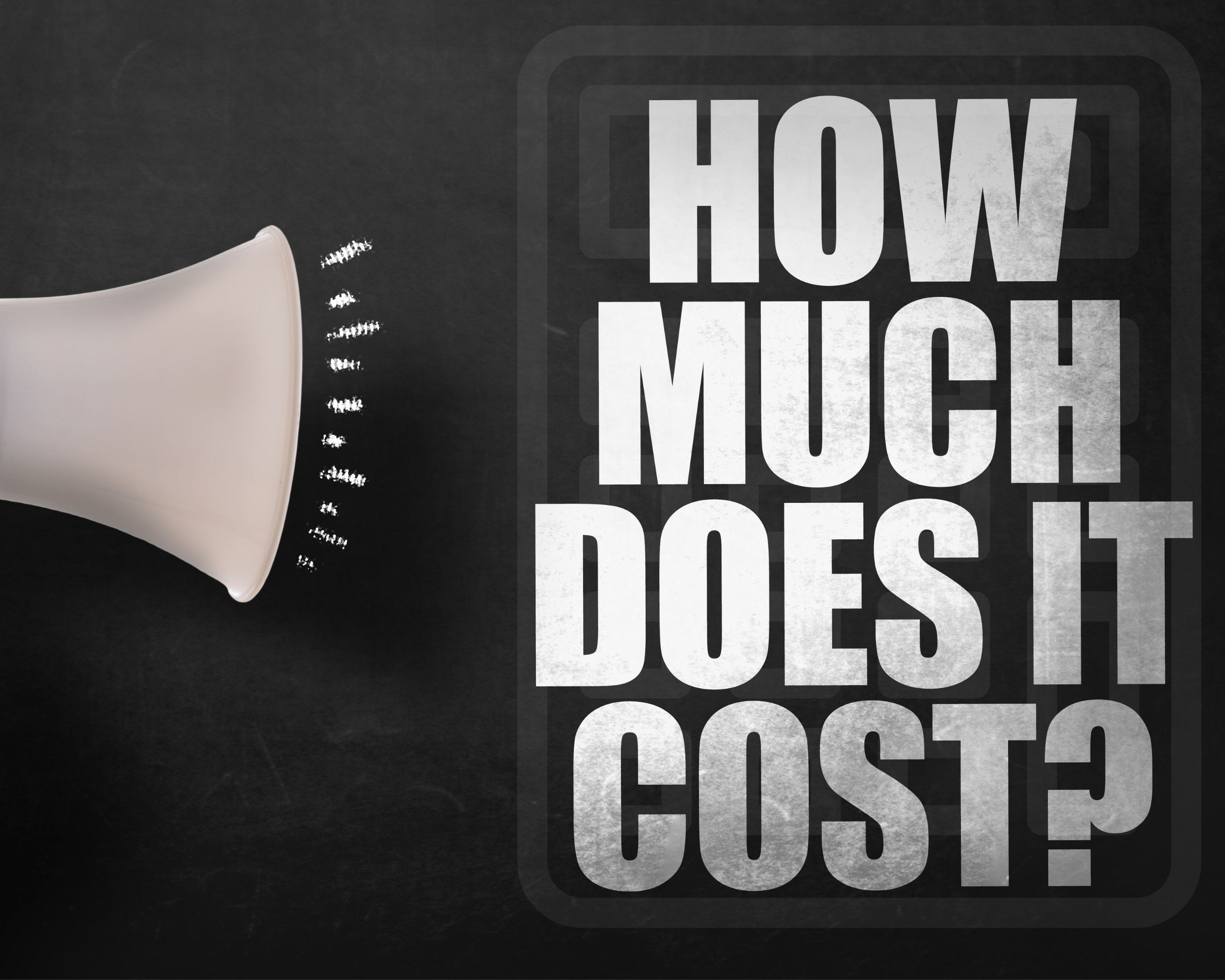
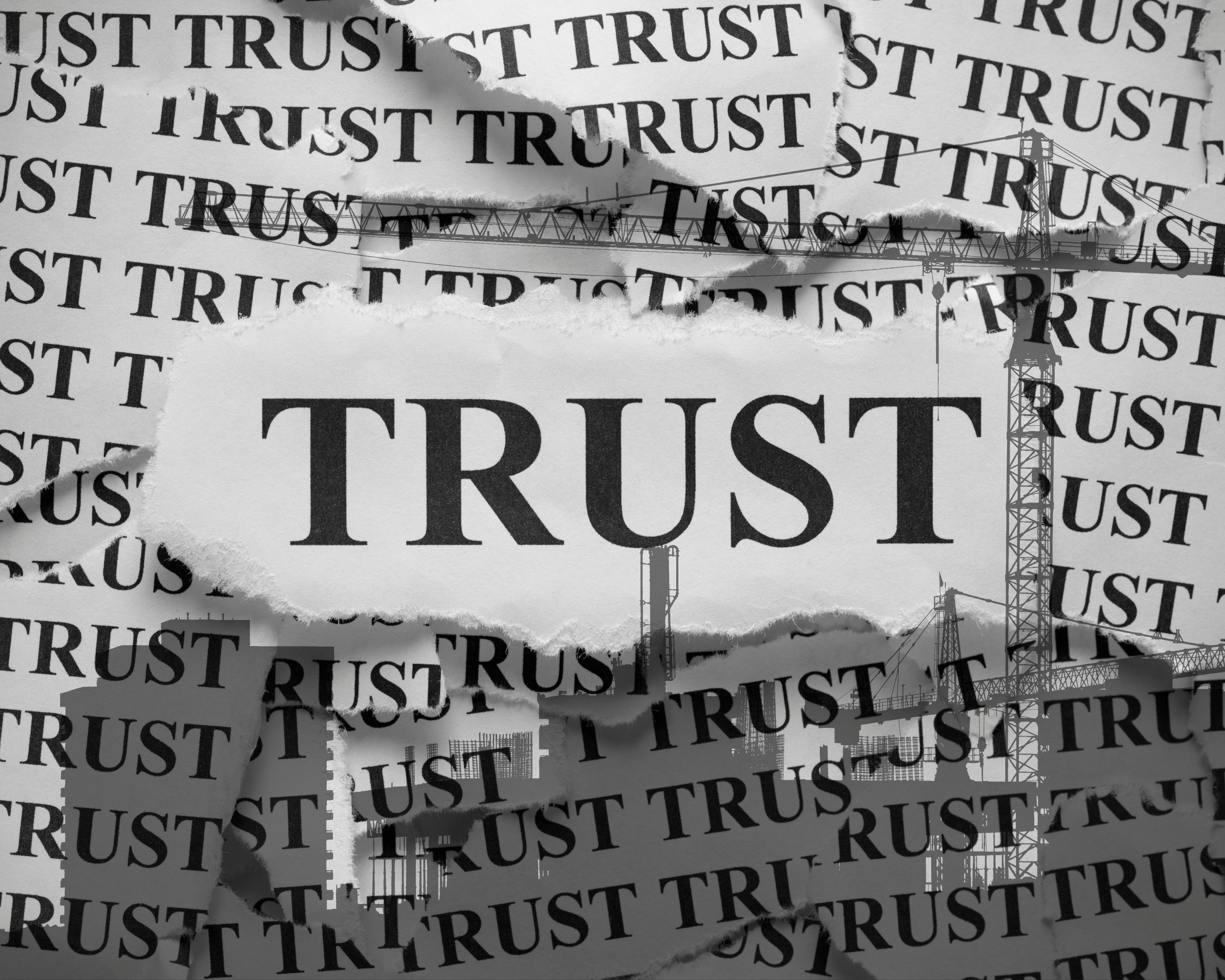
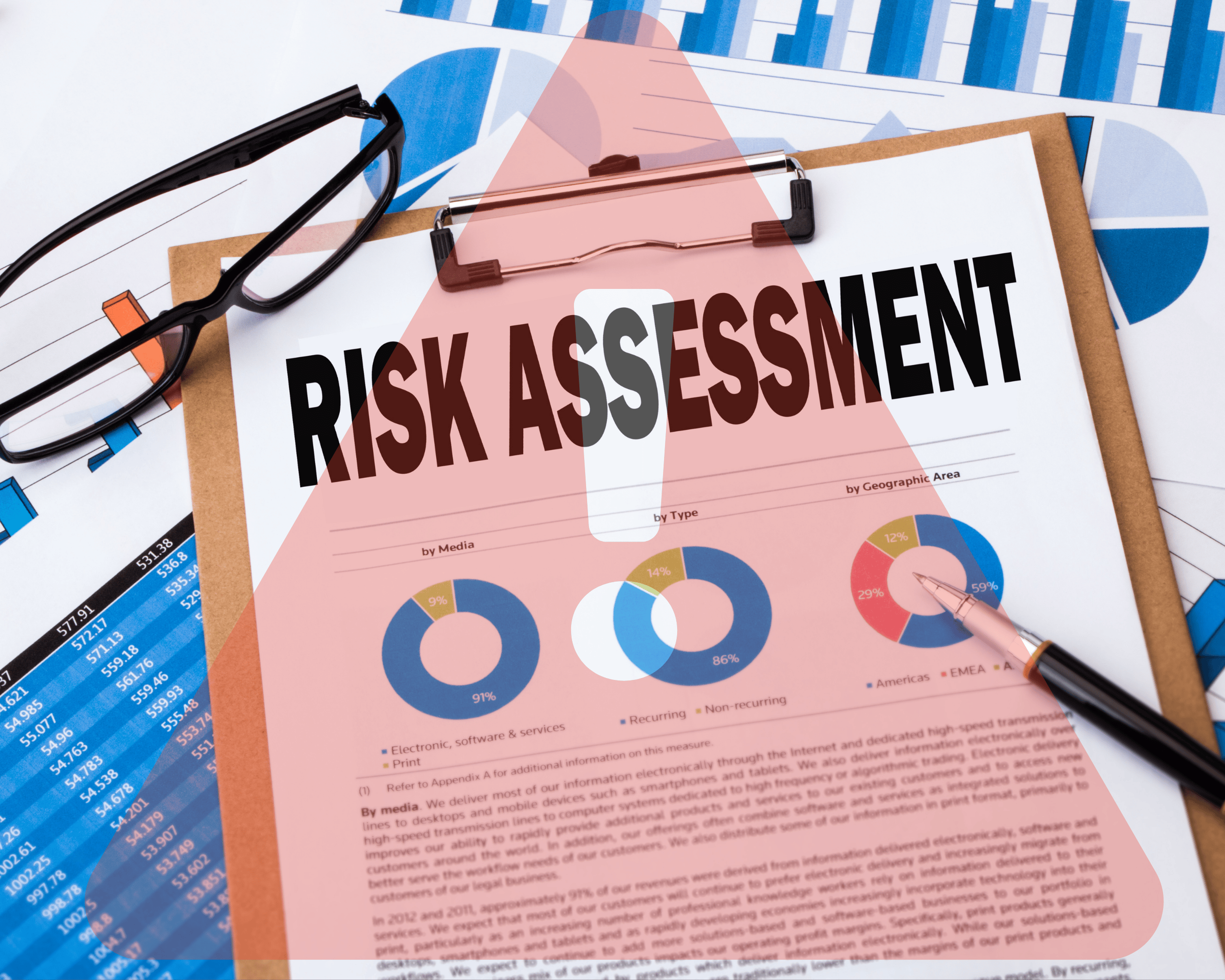
.png)








